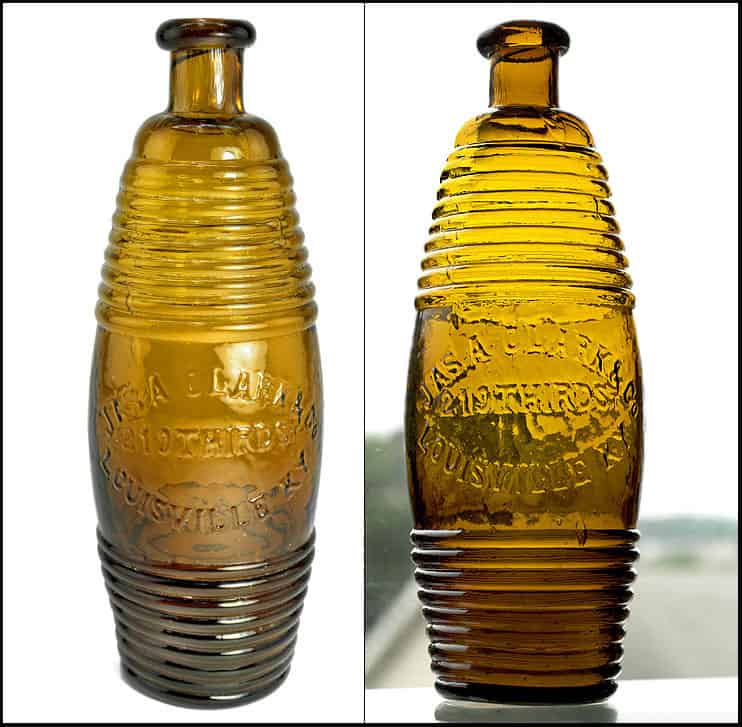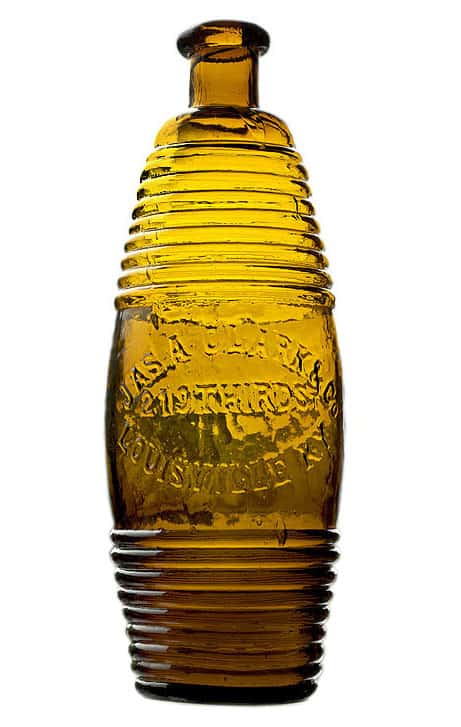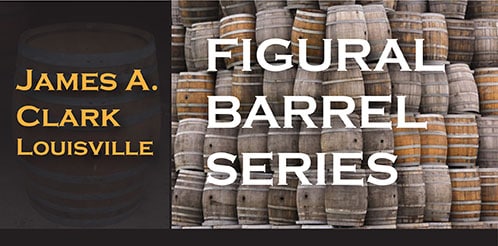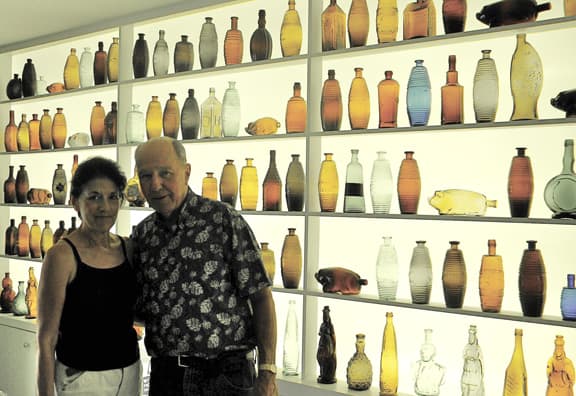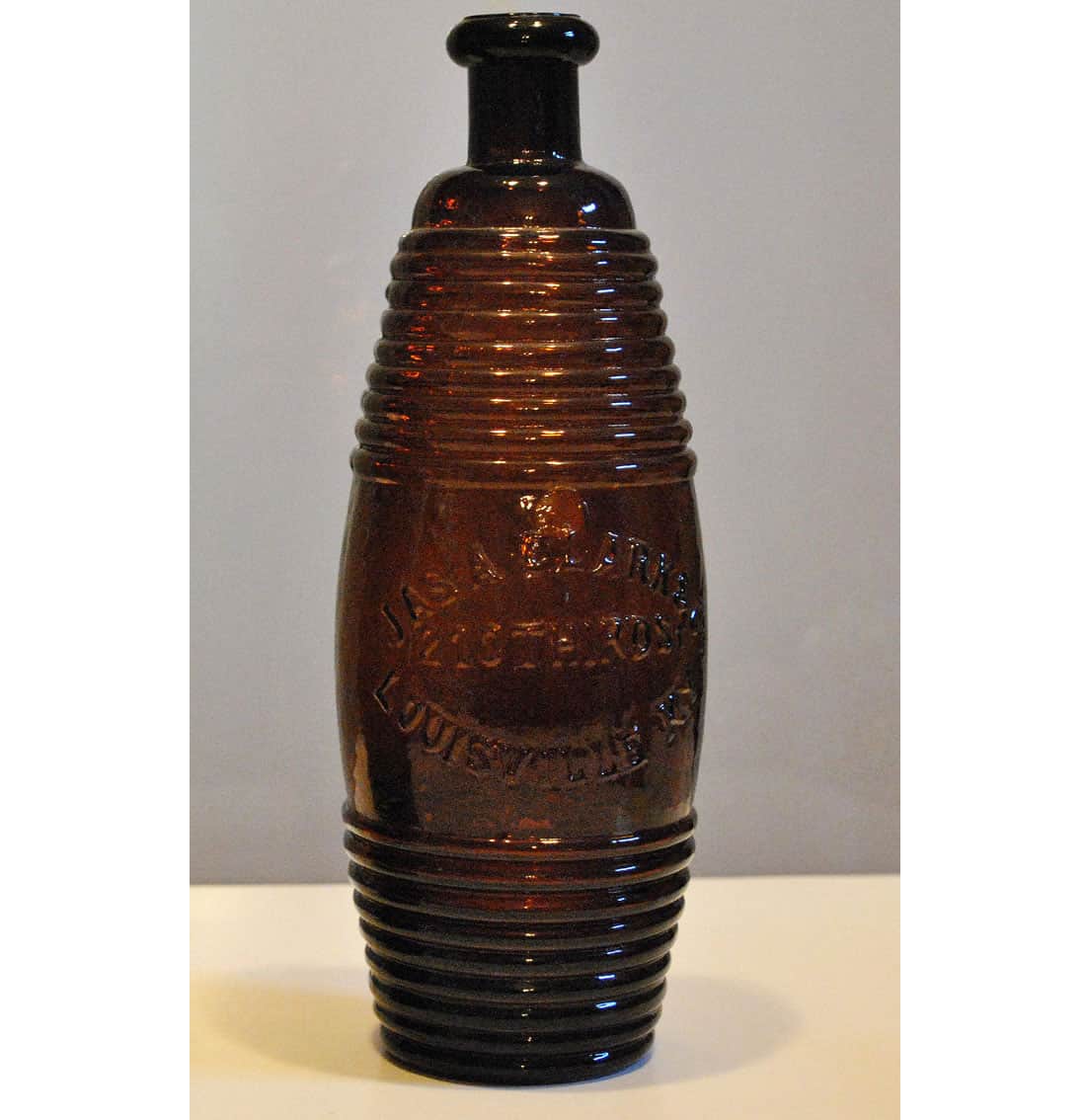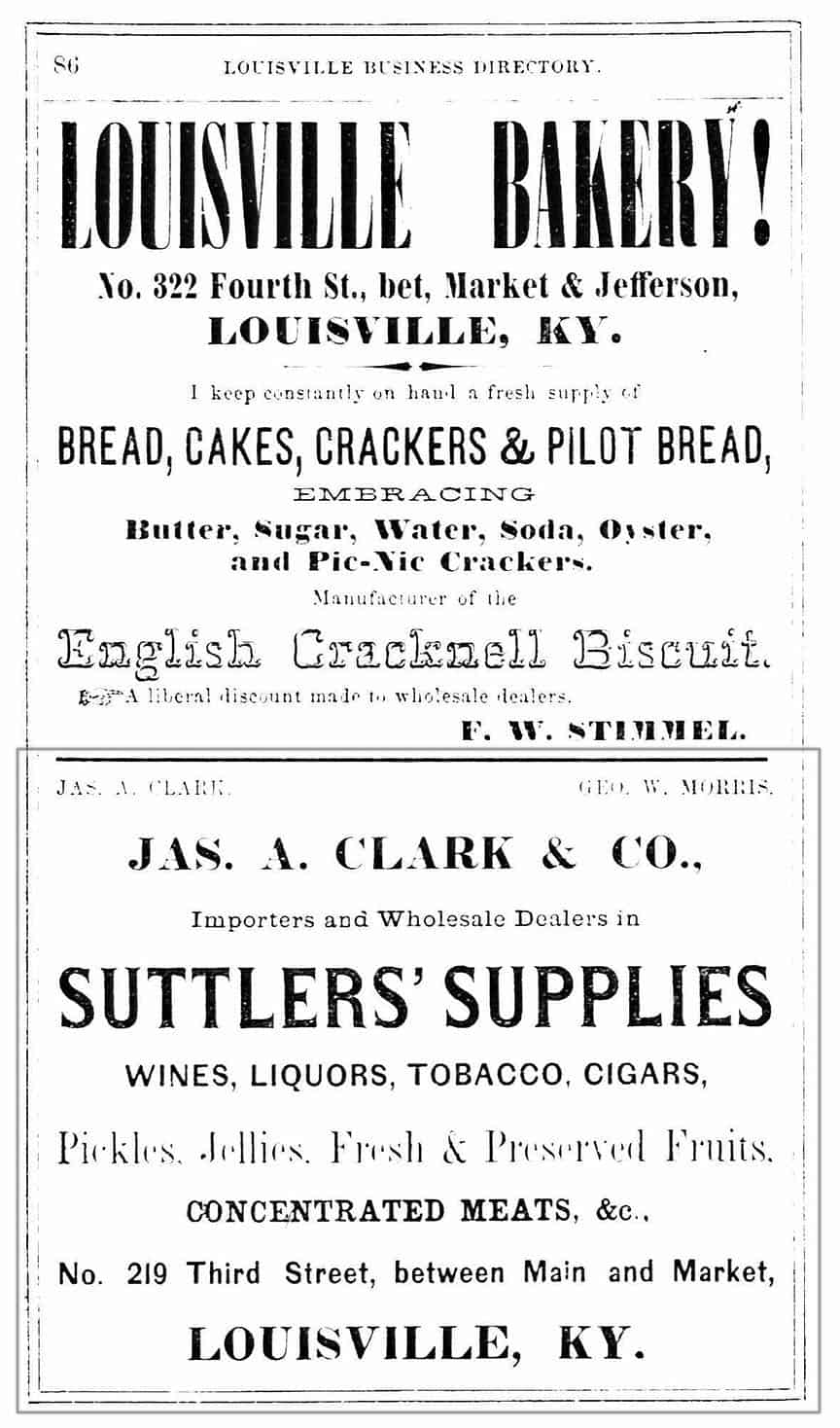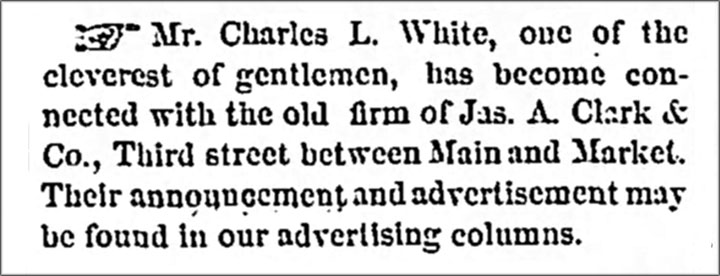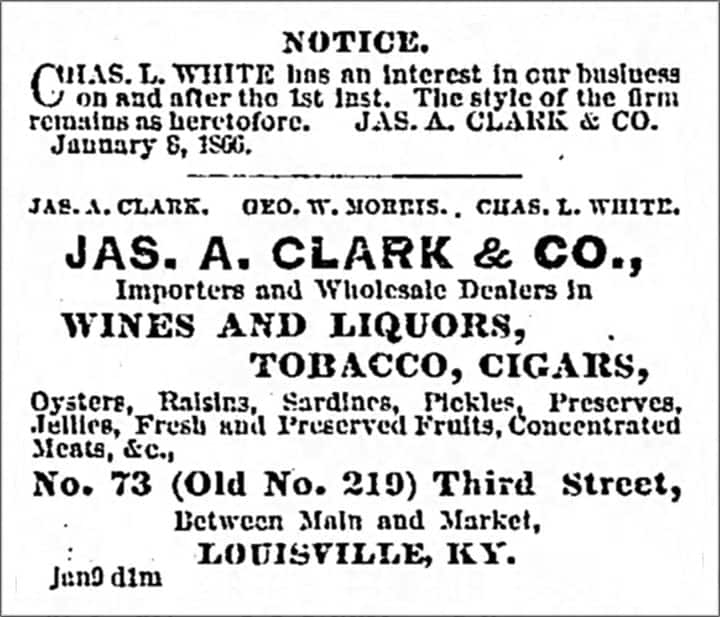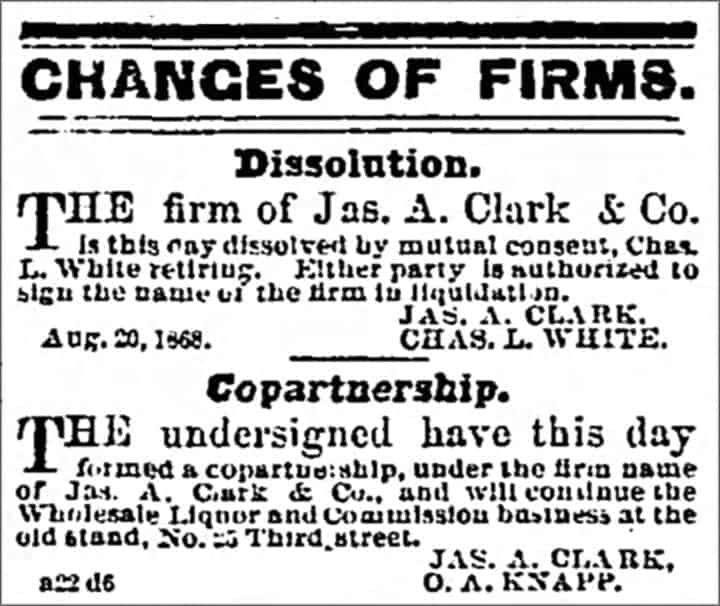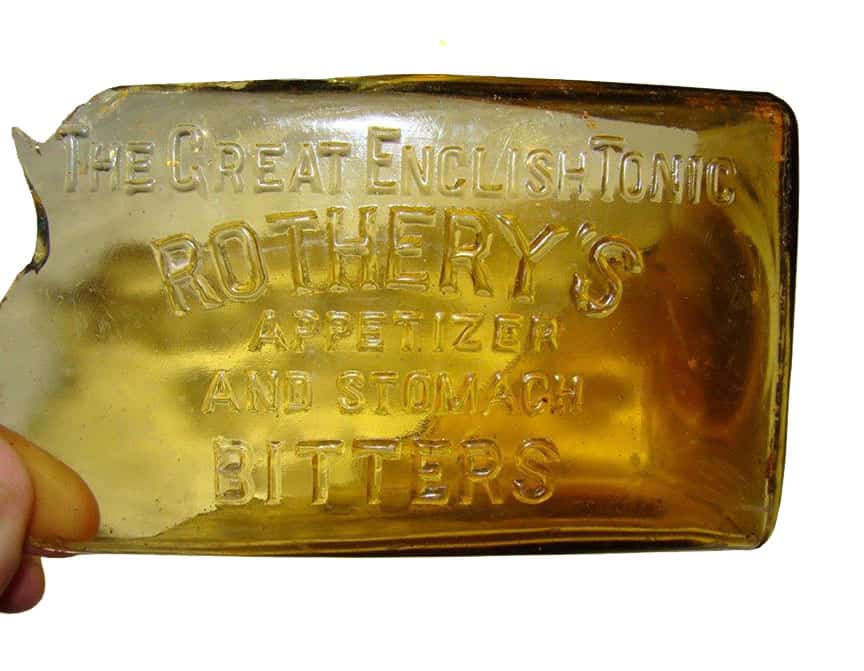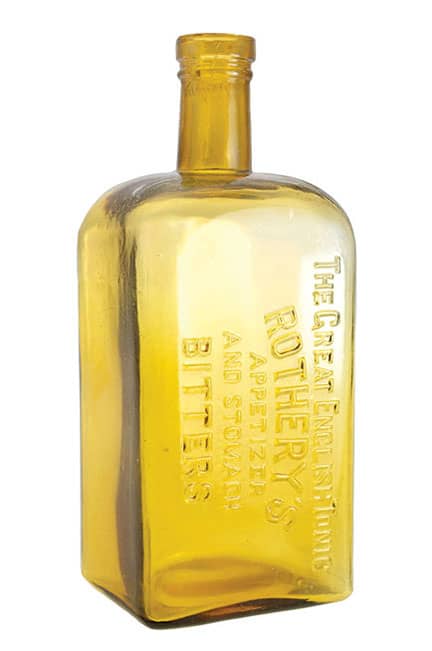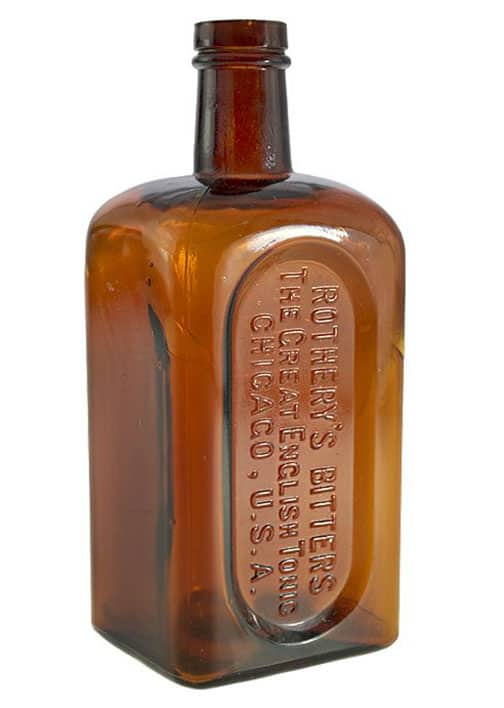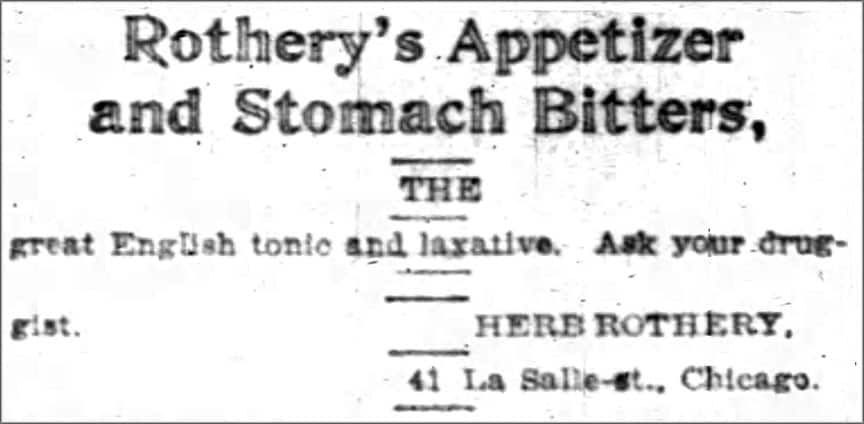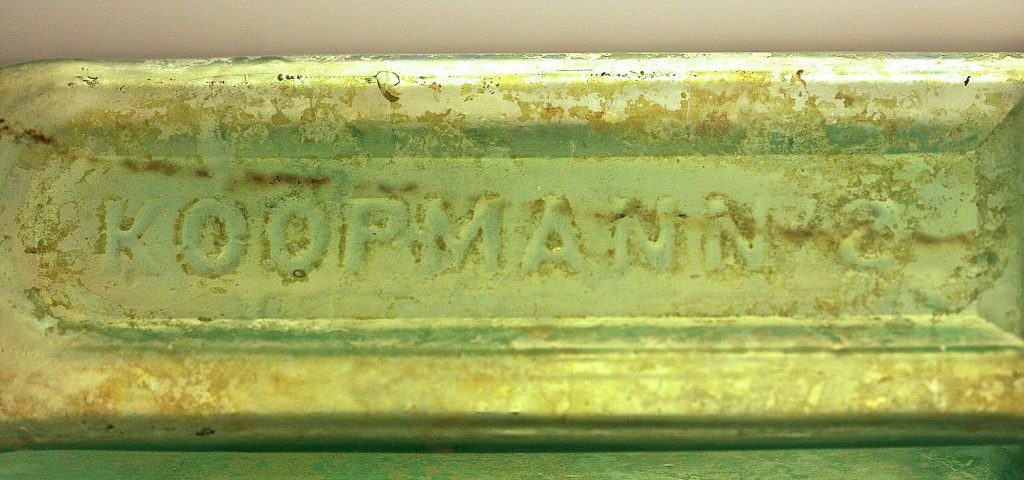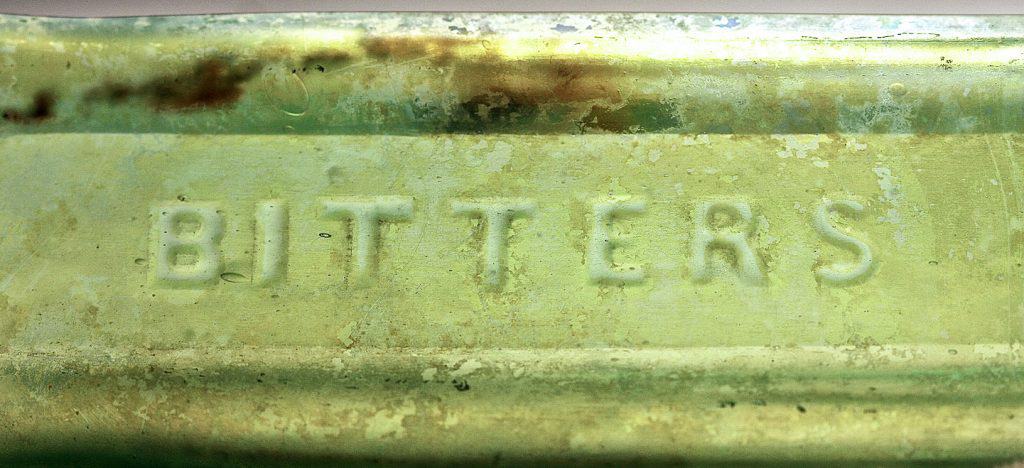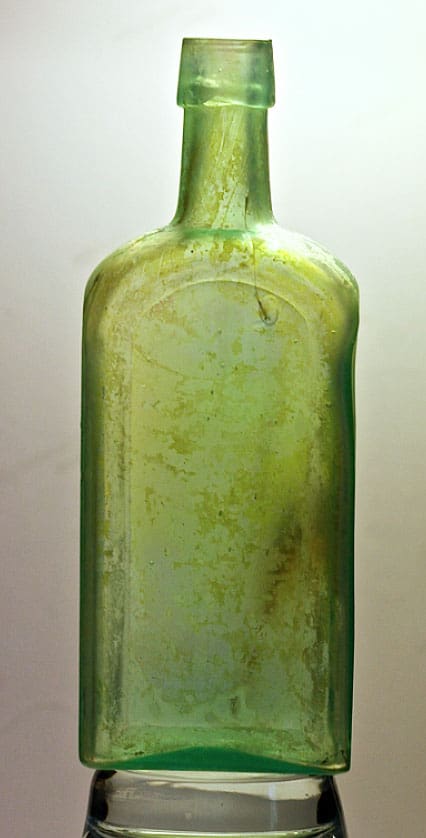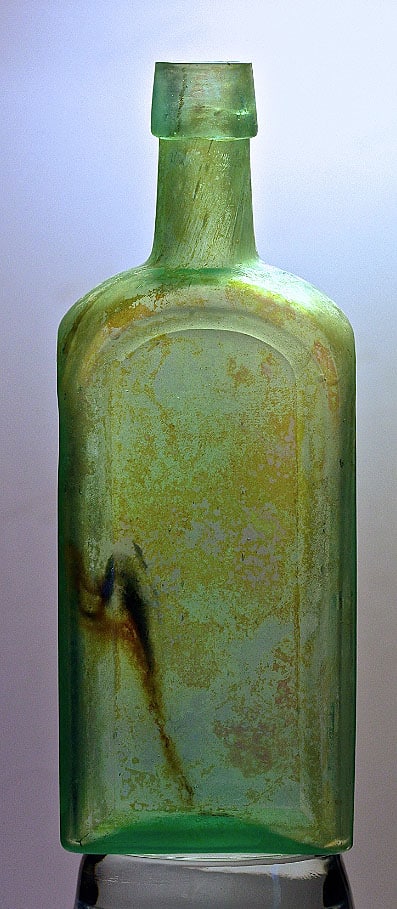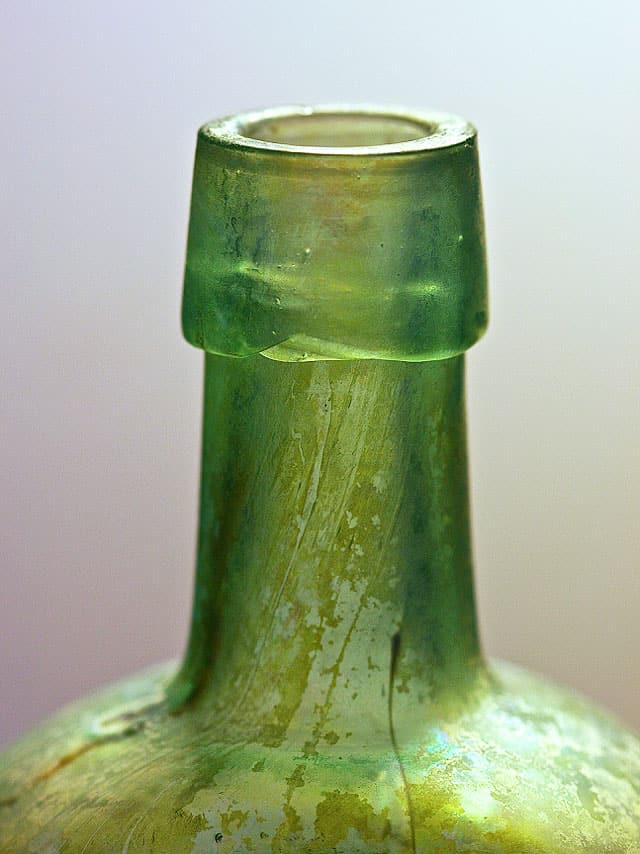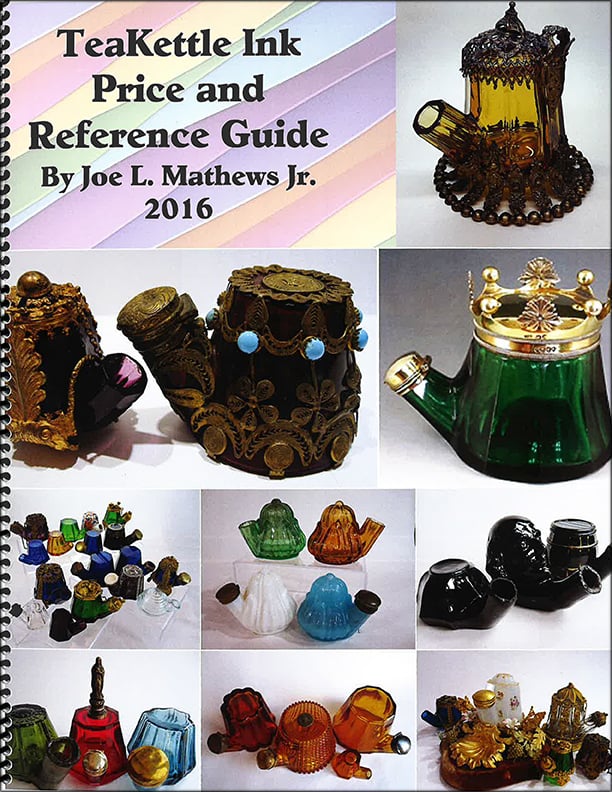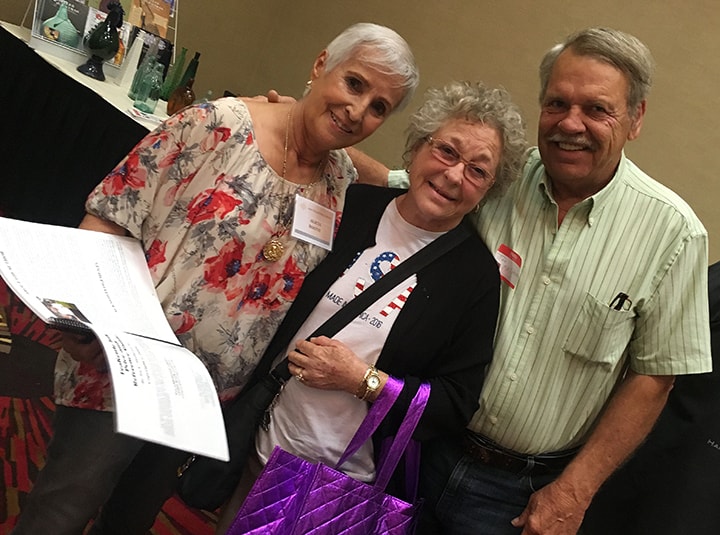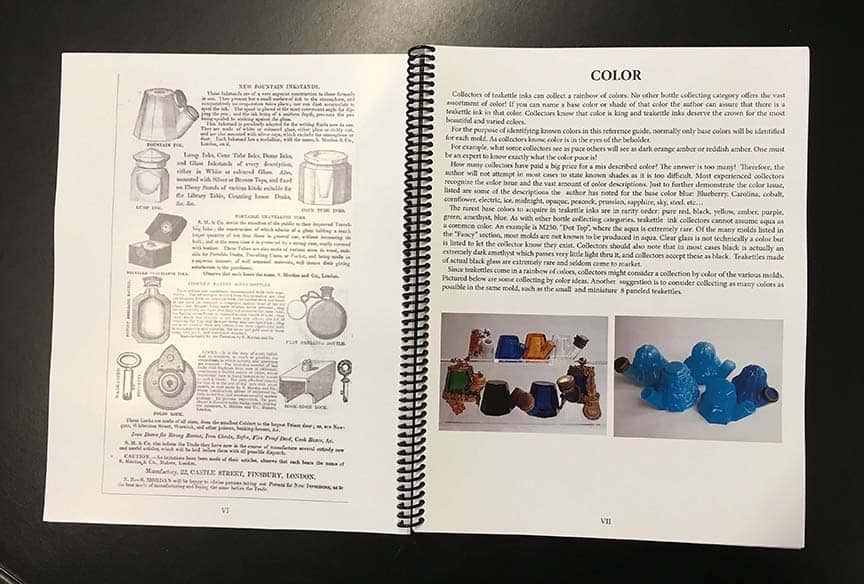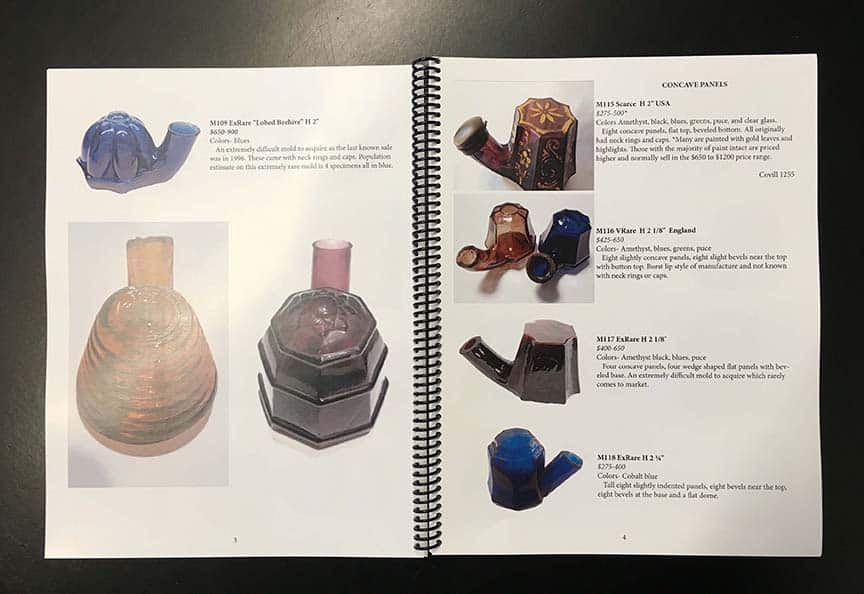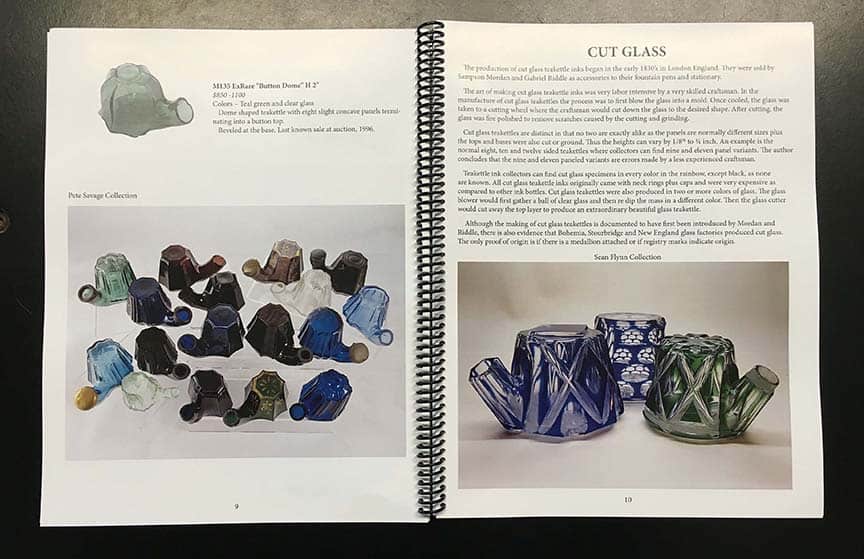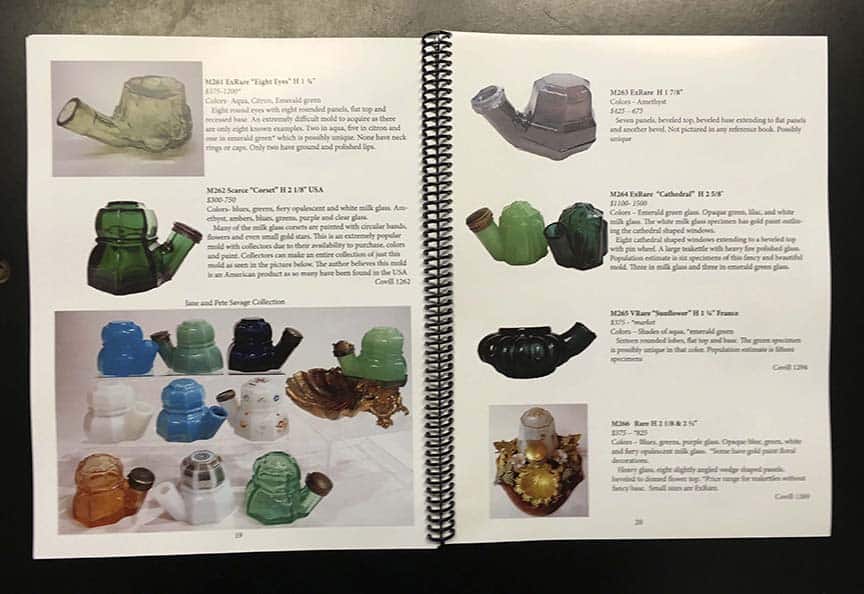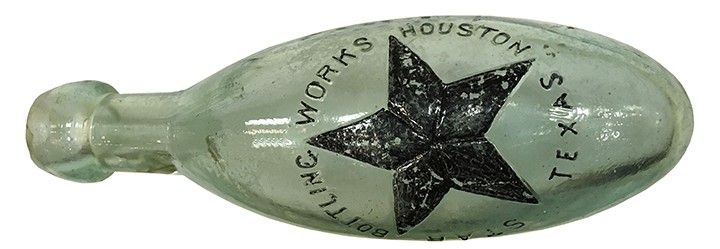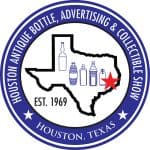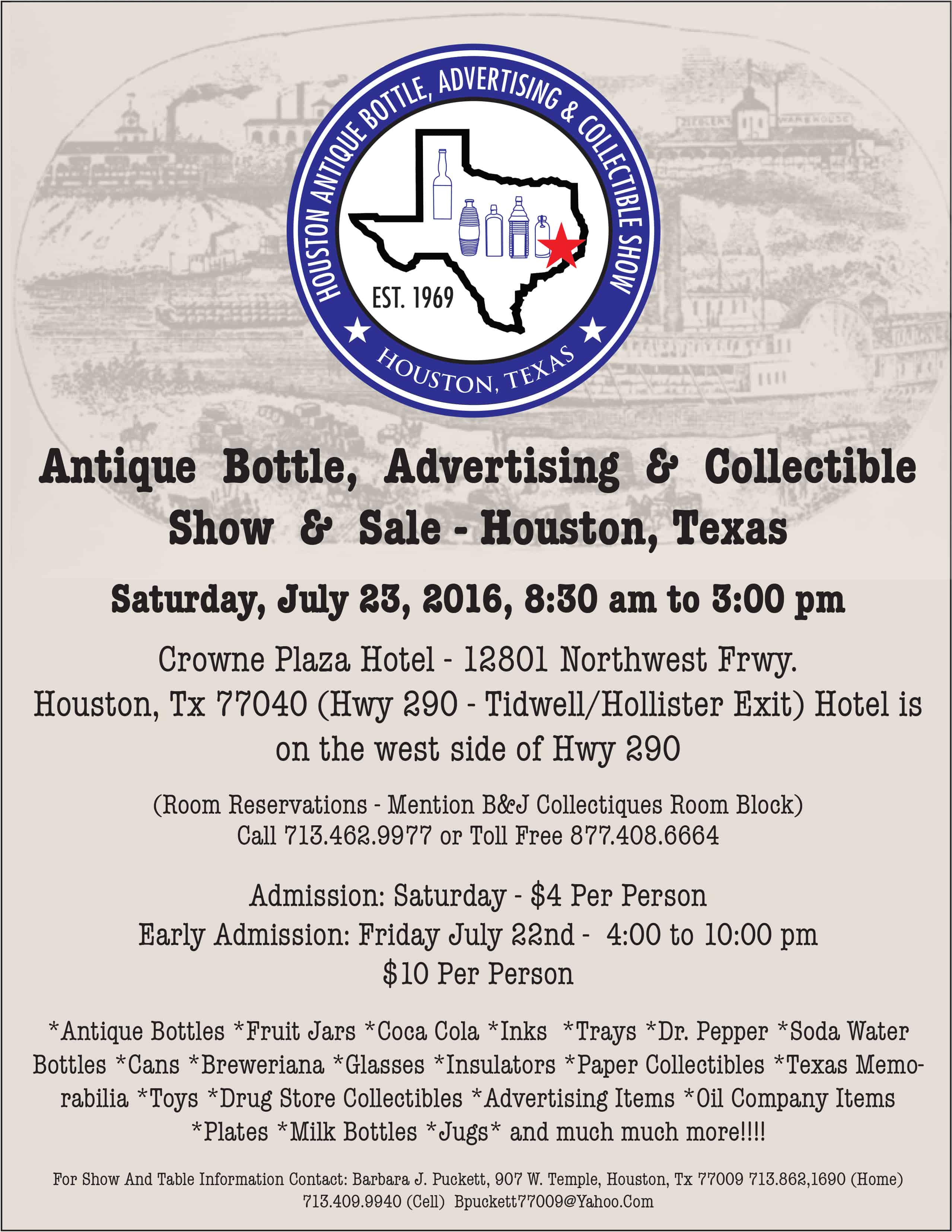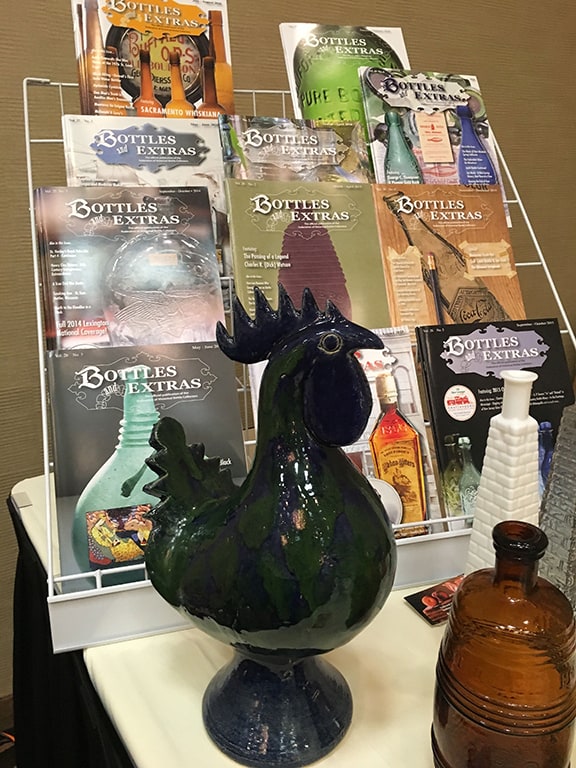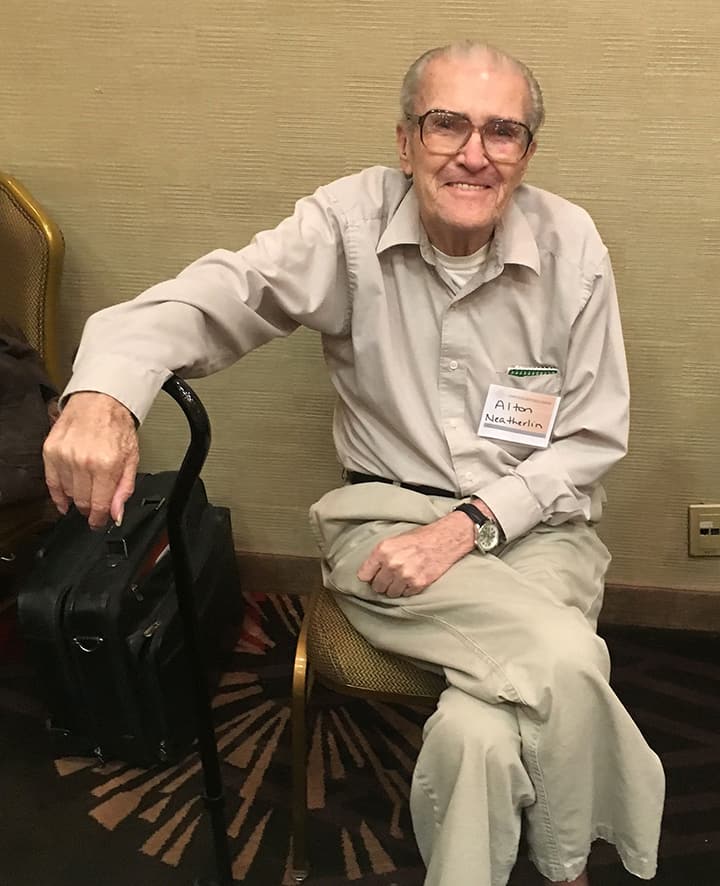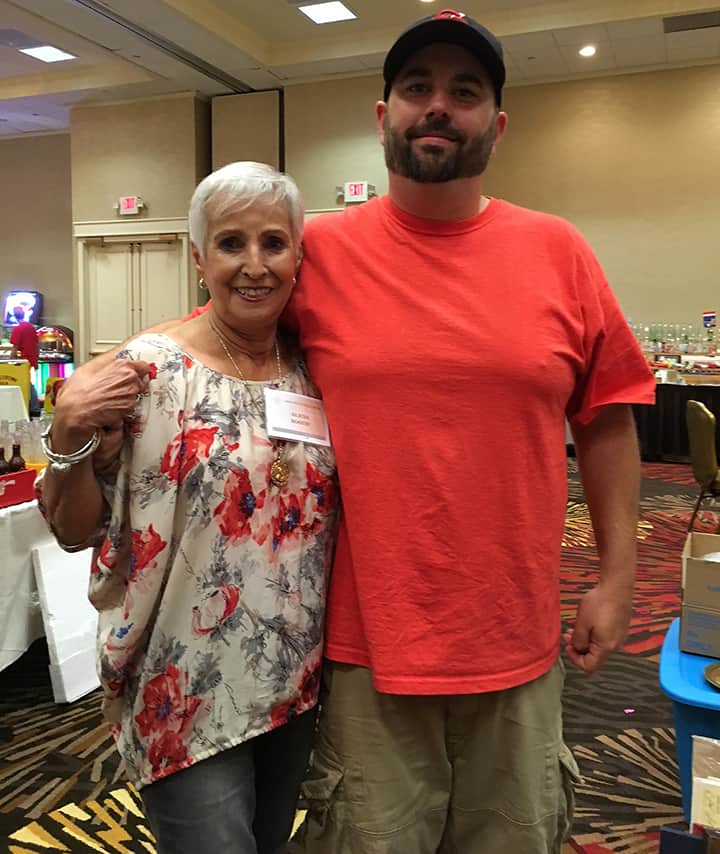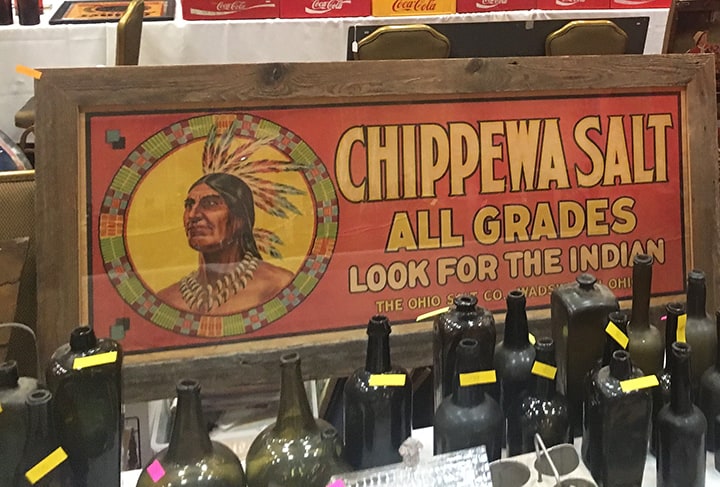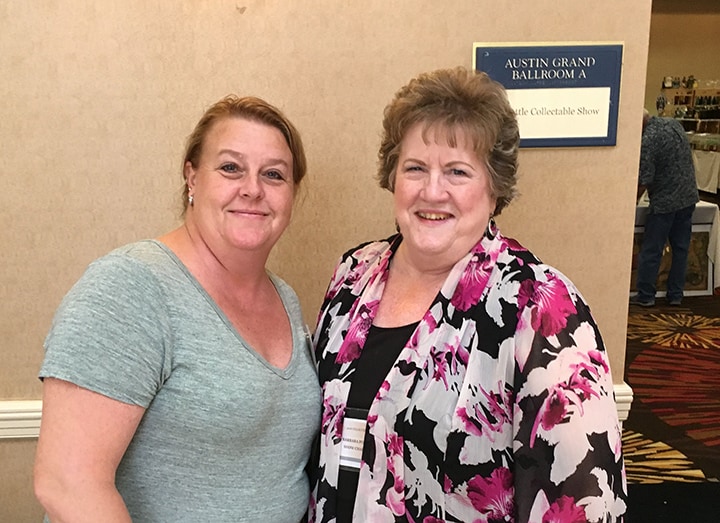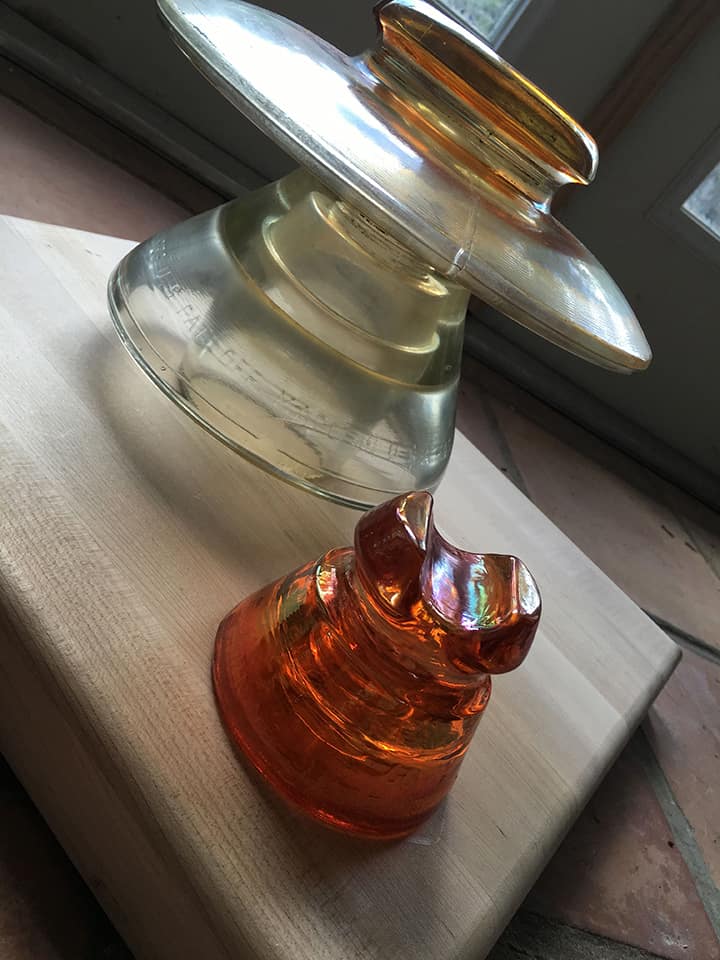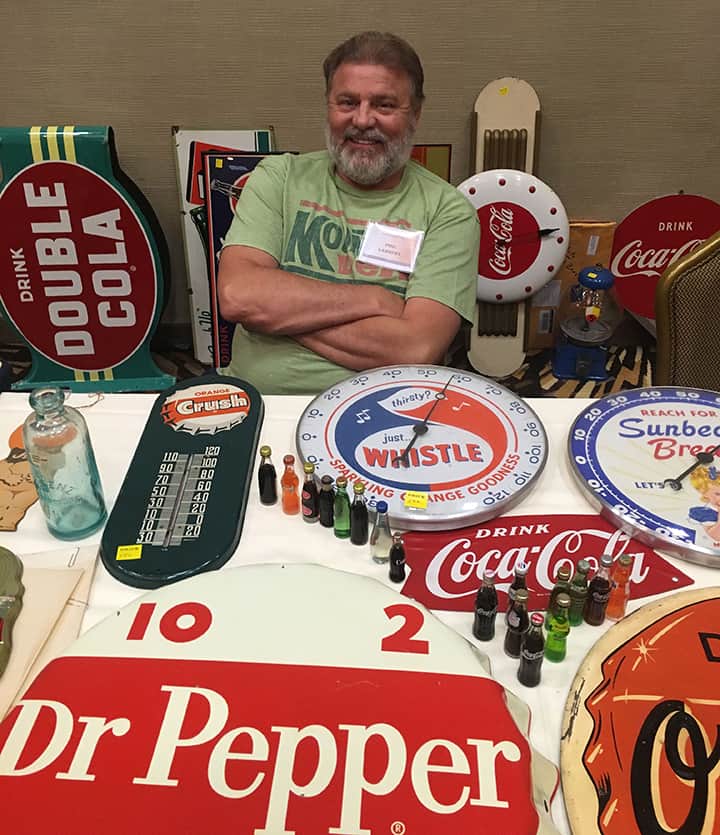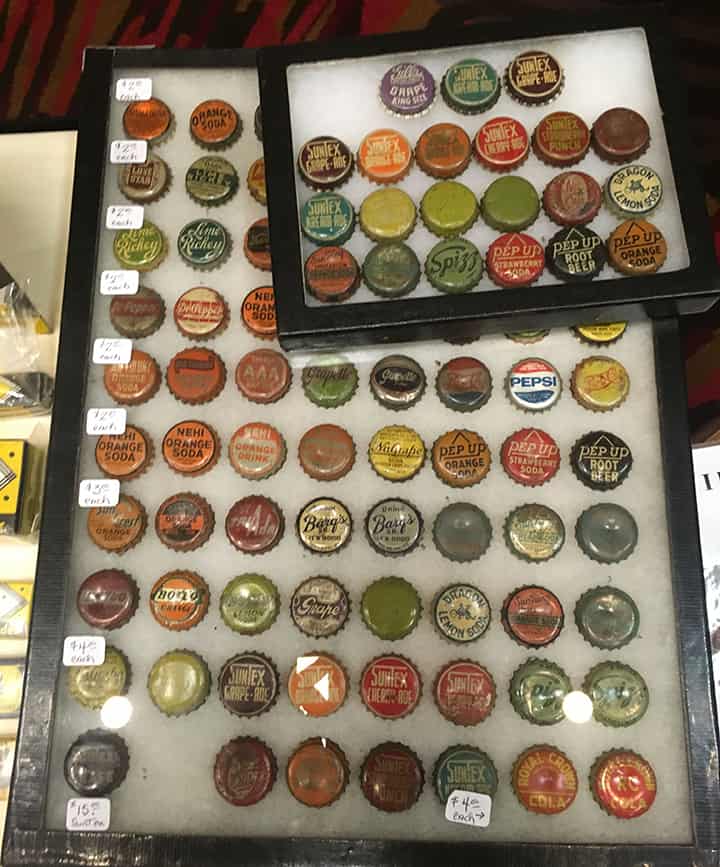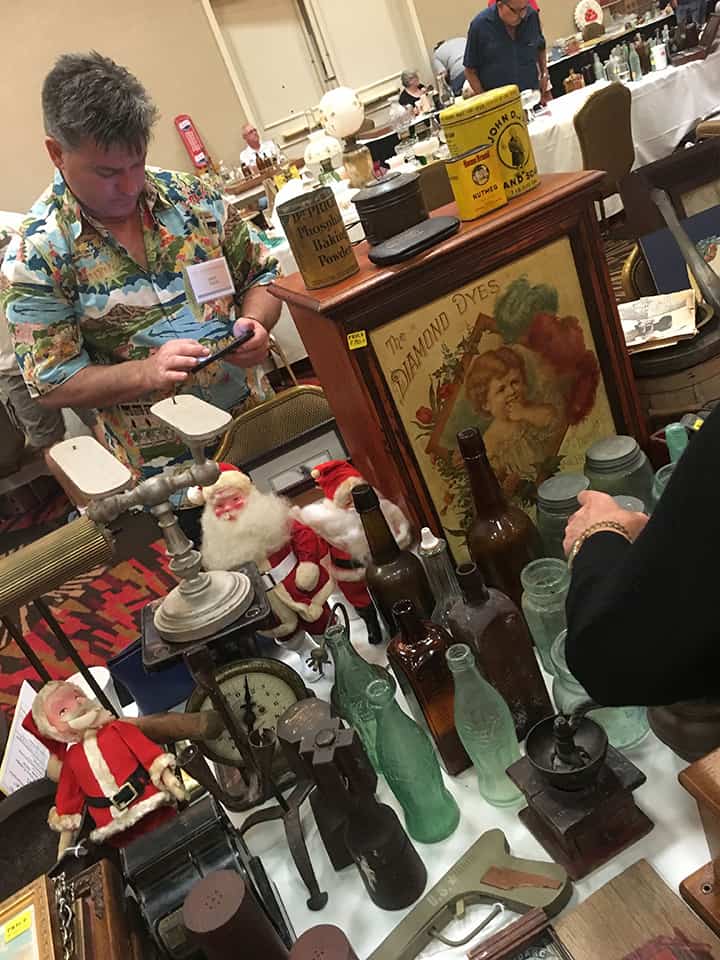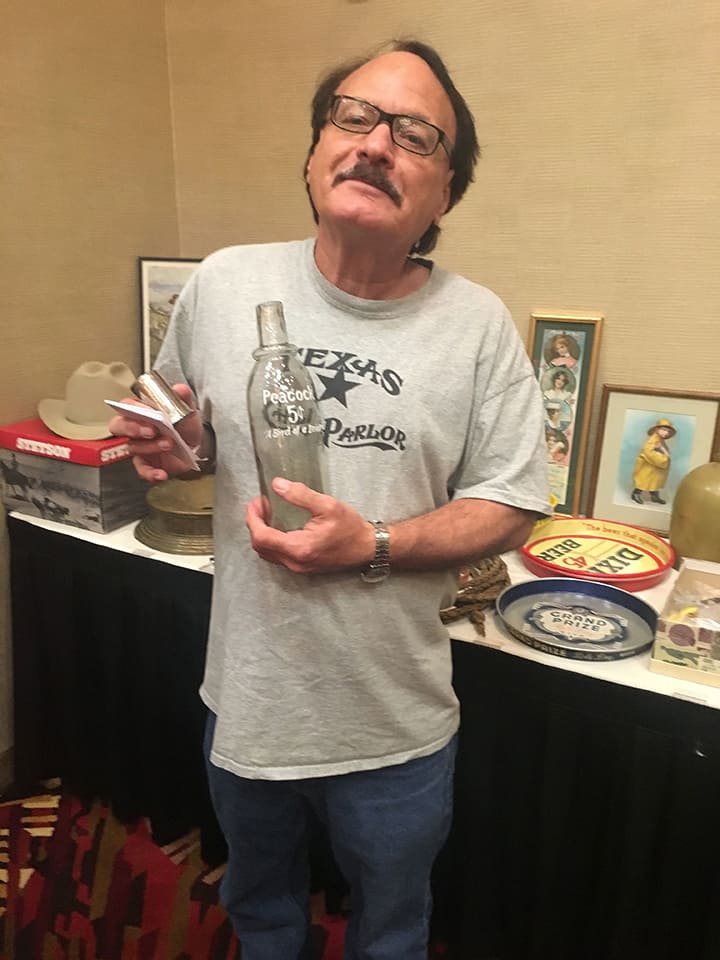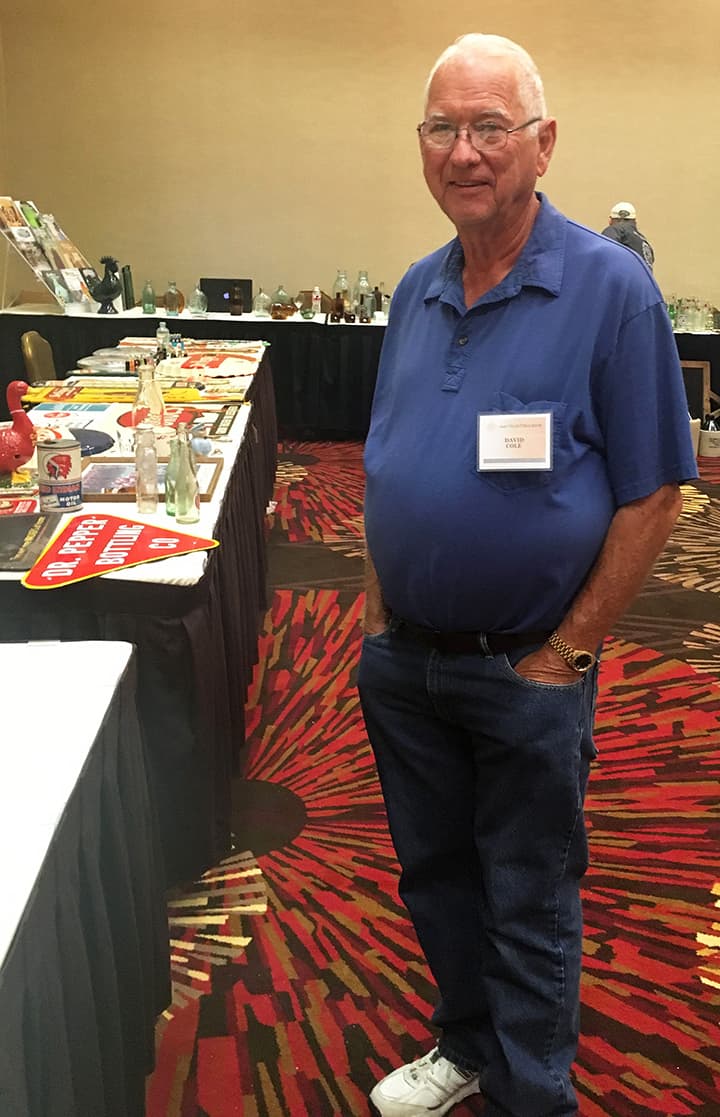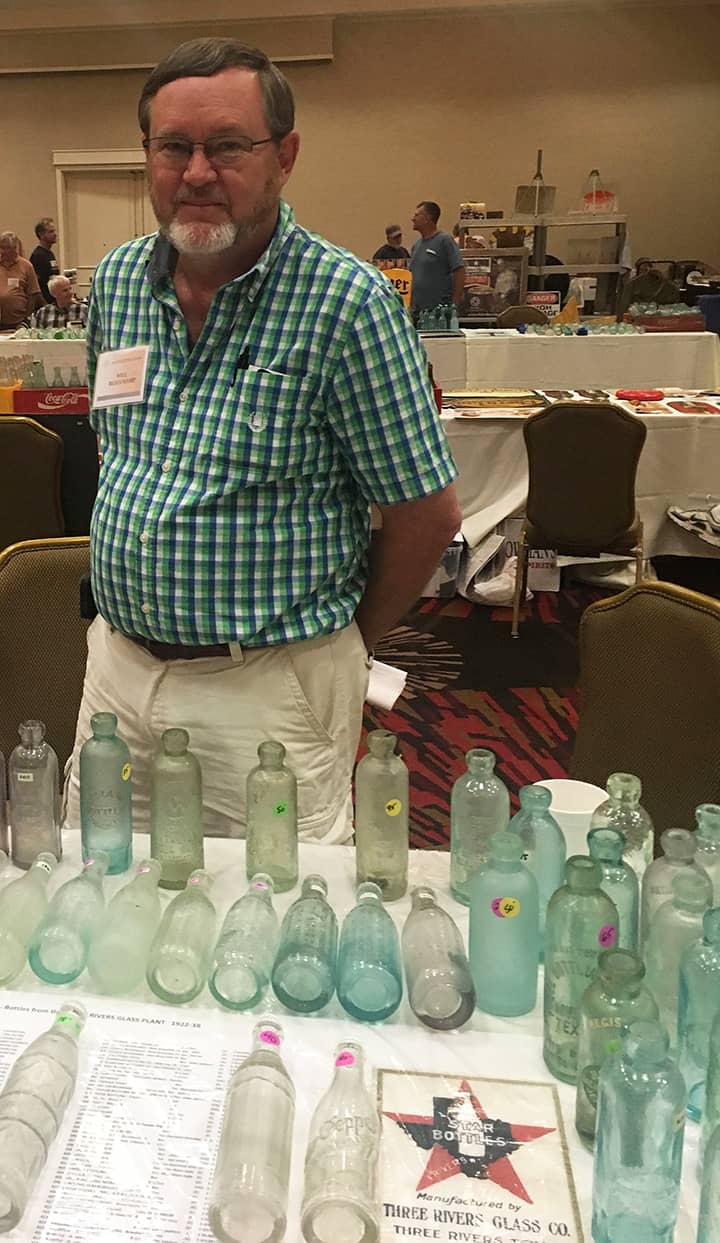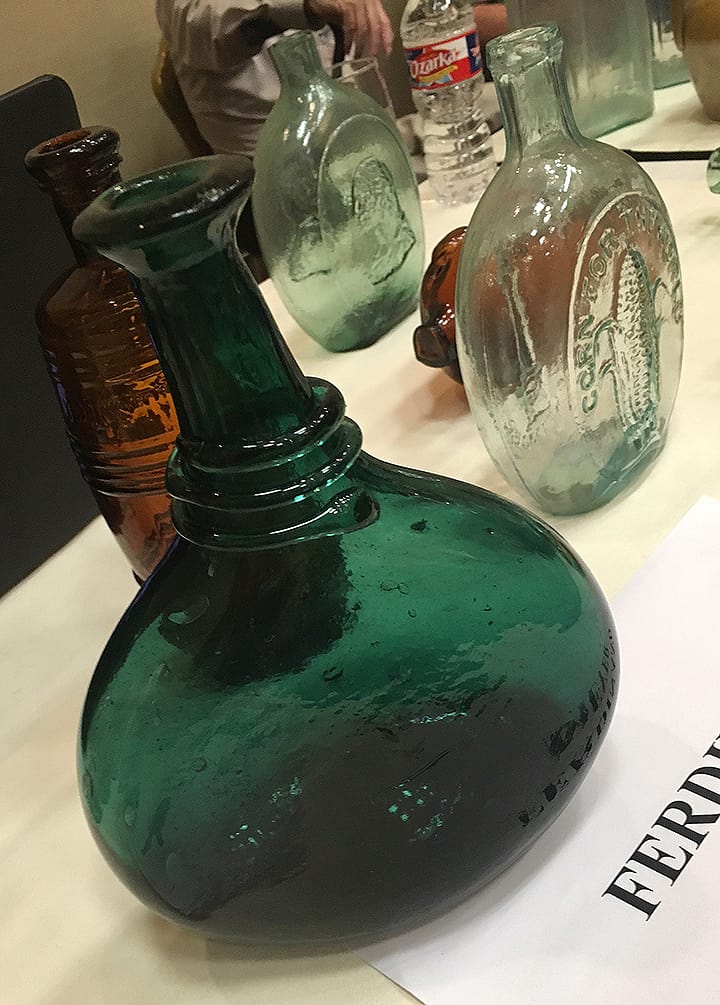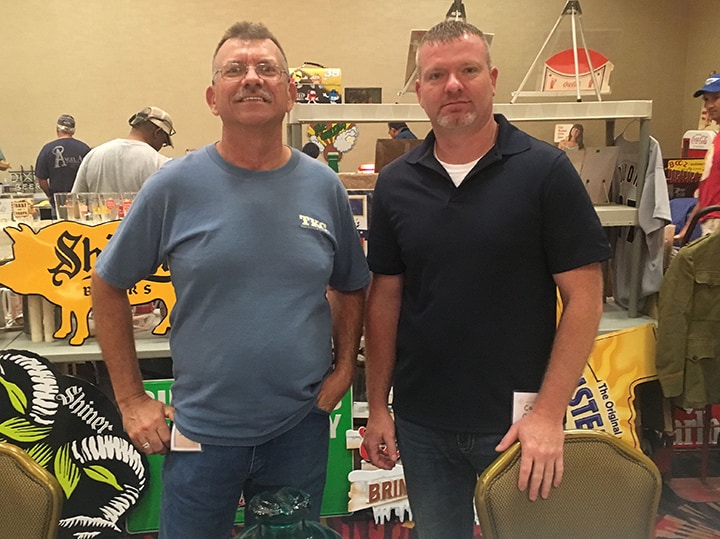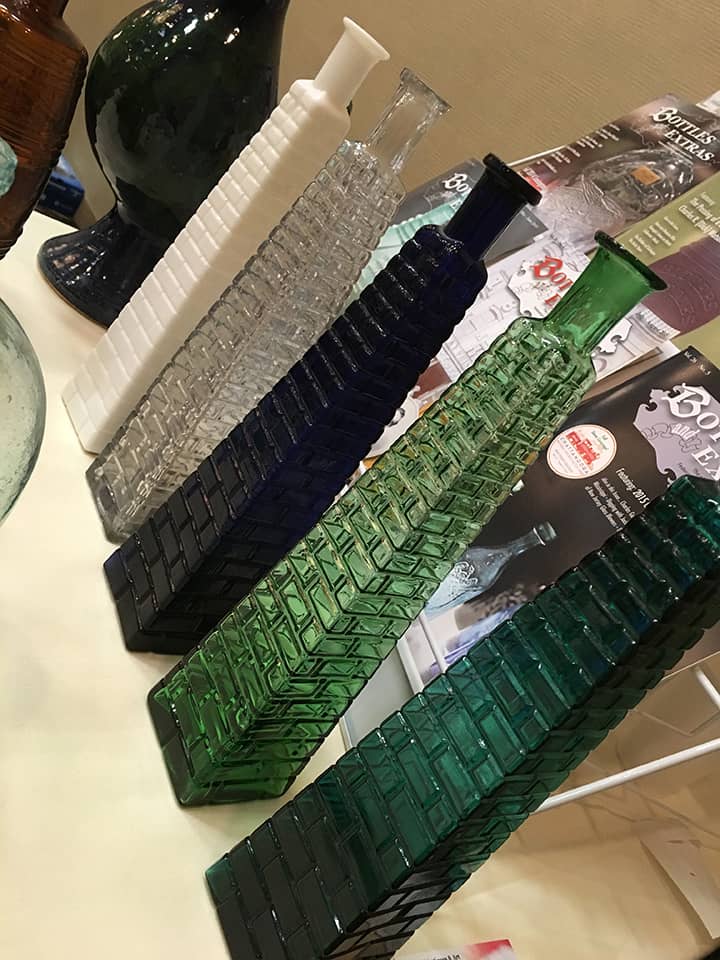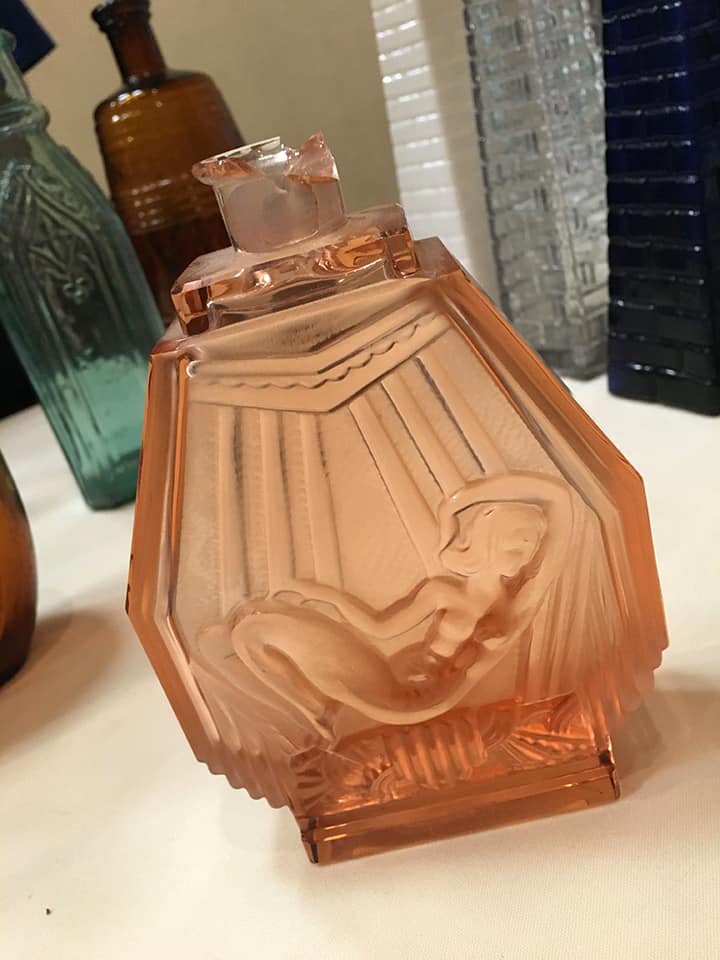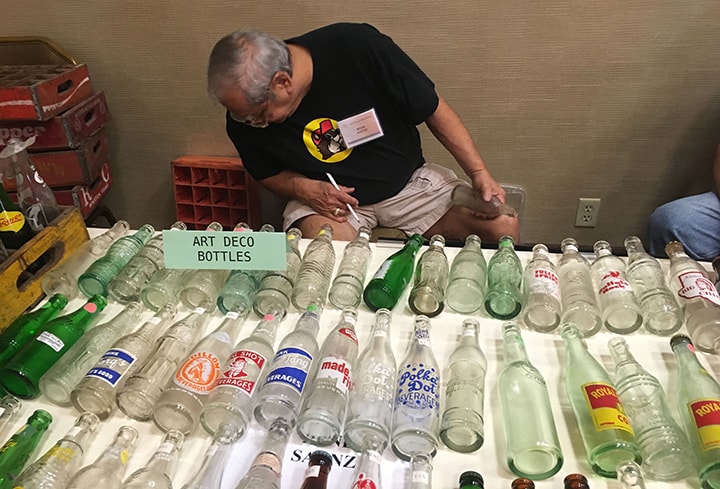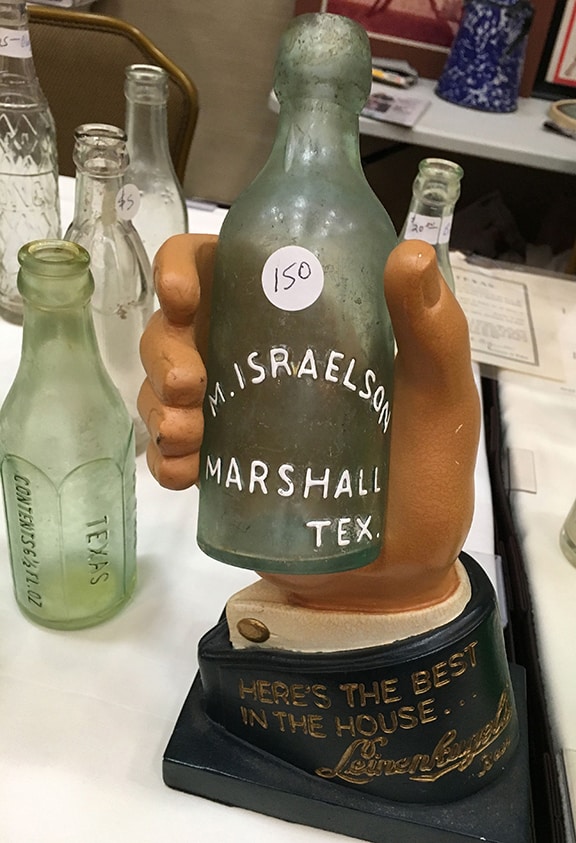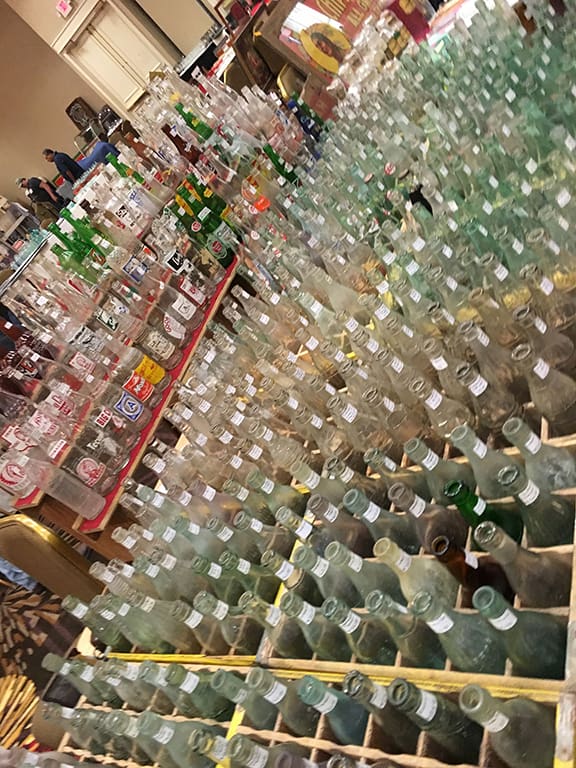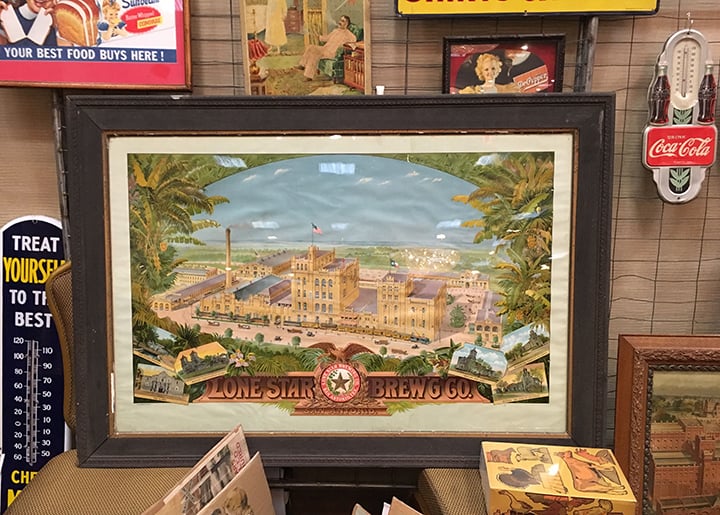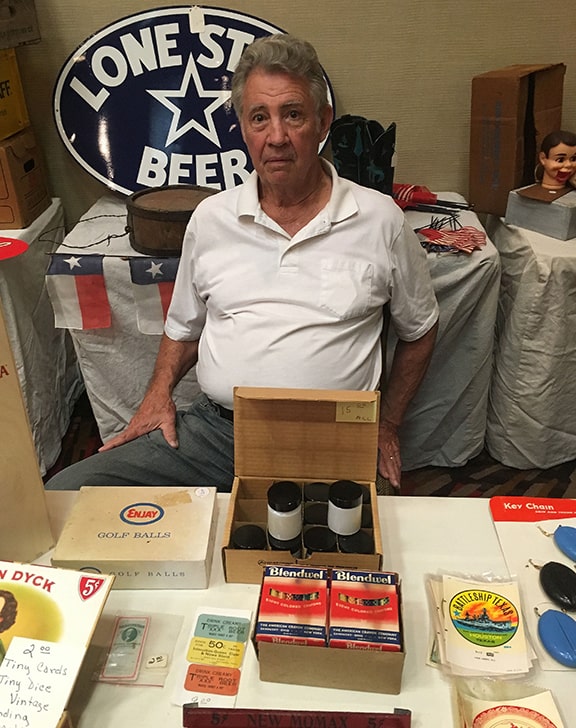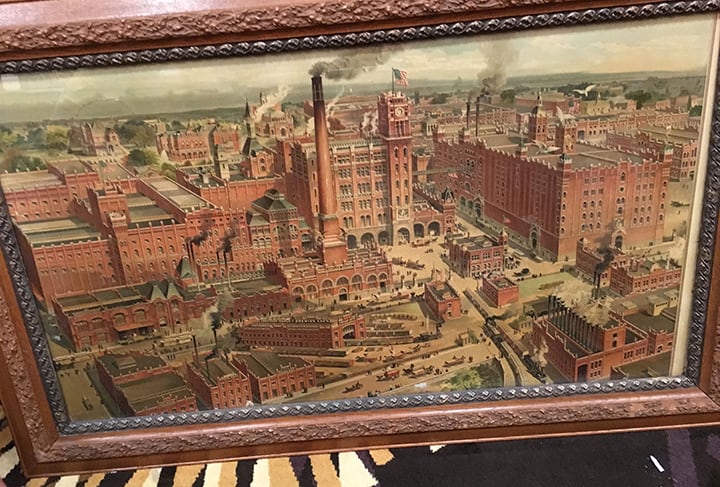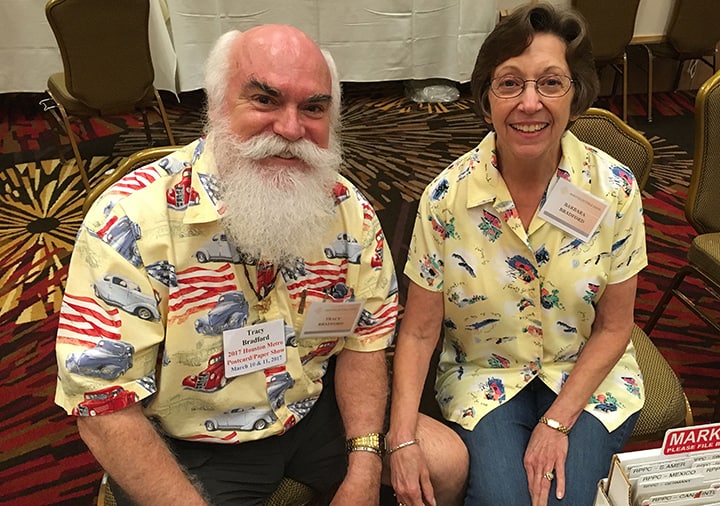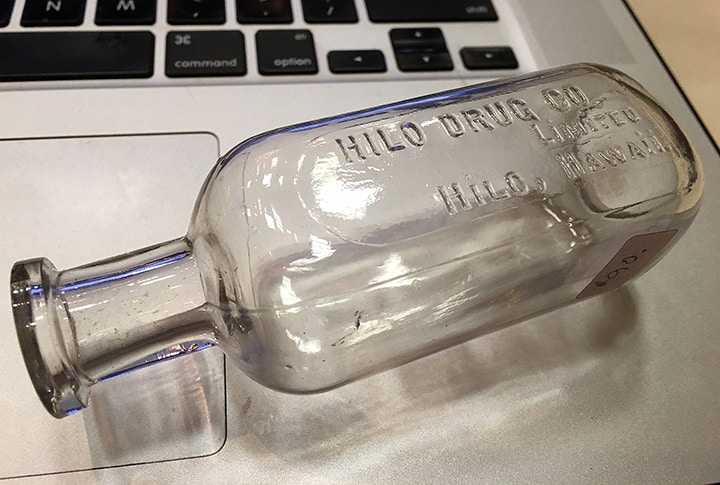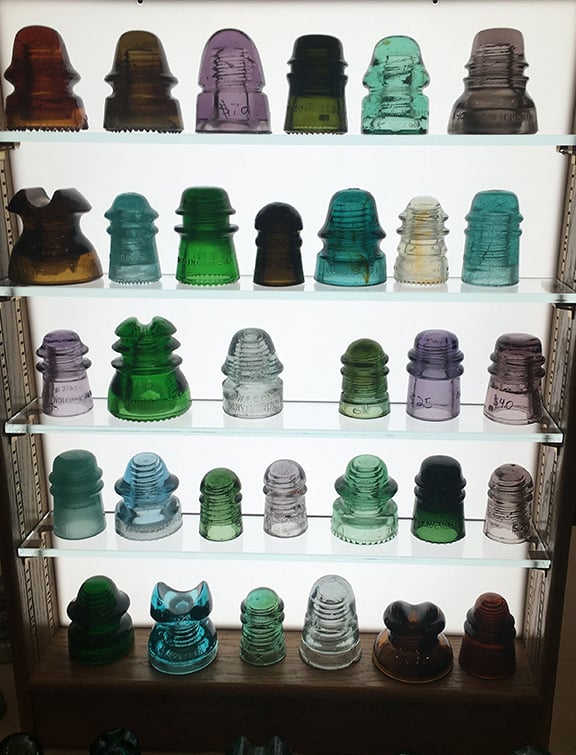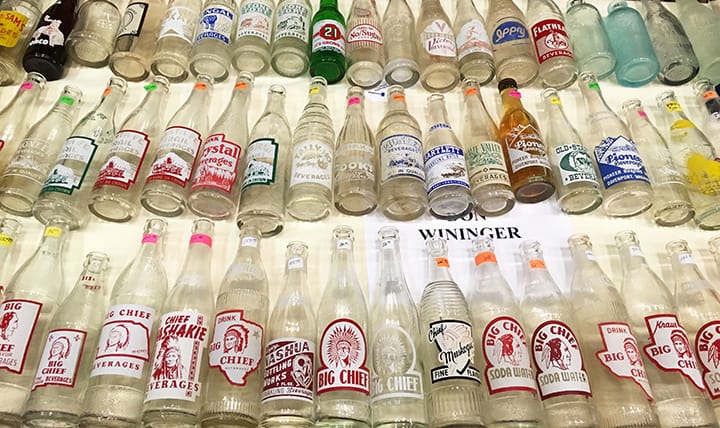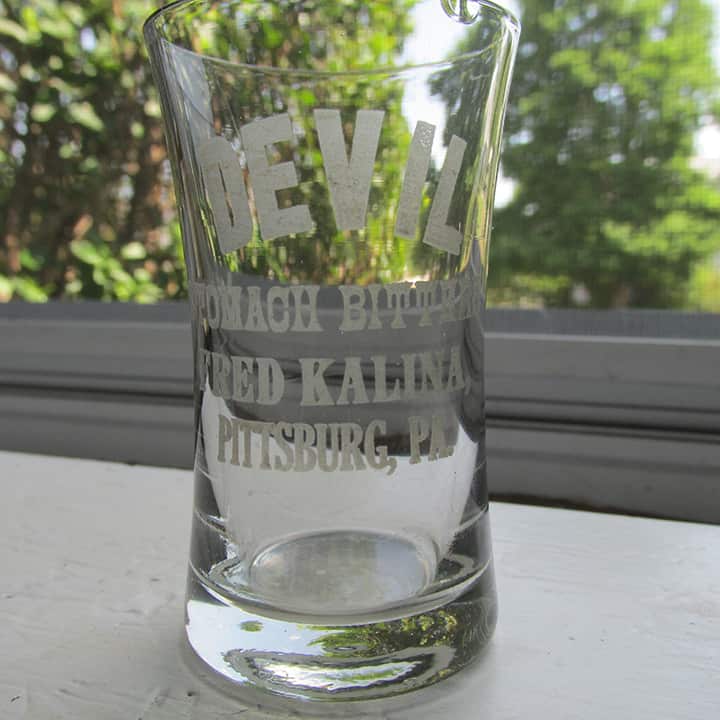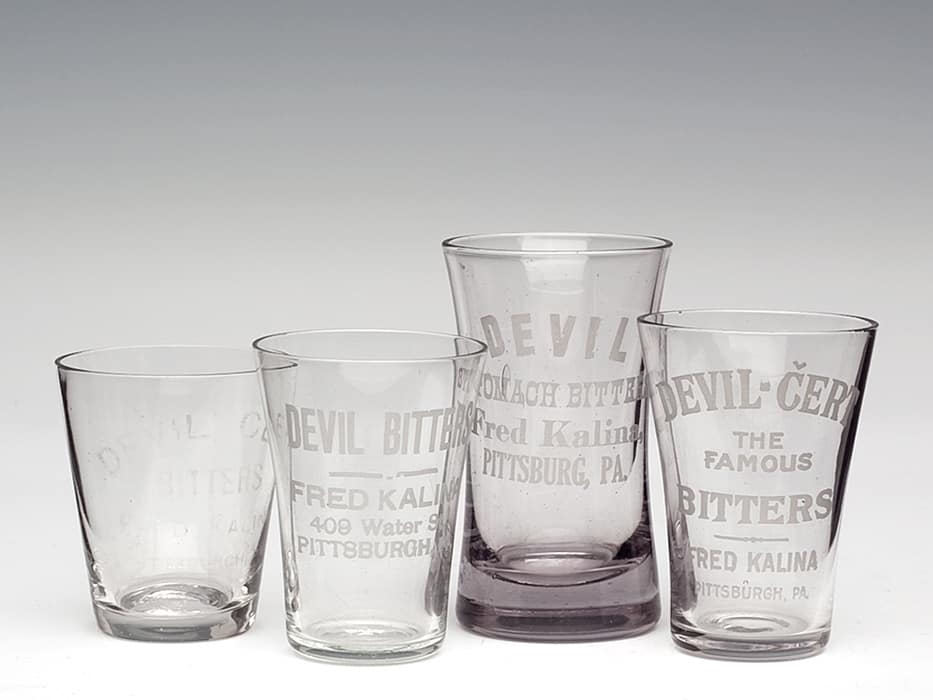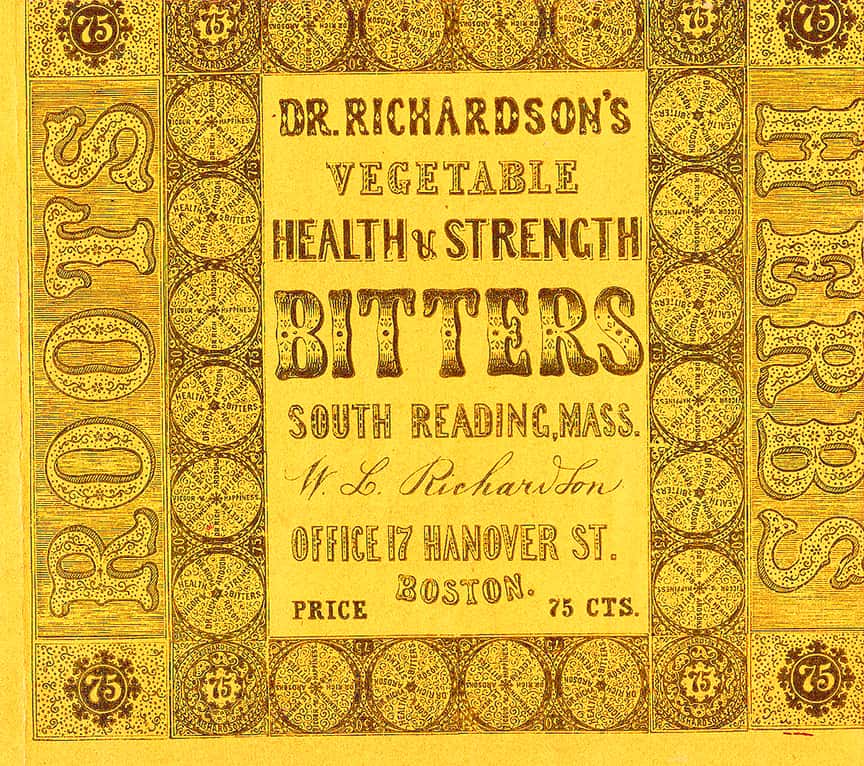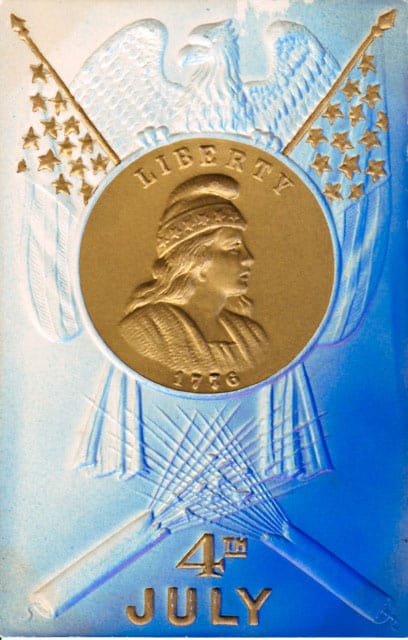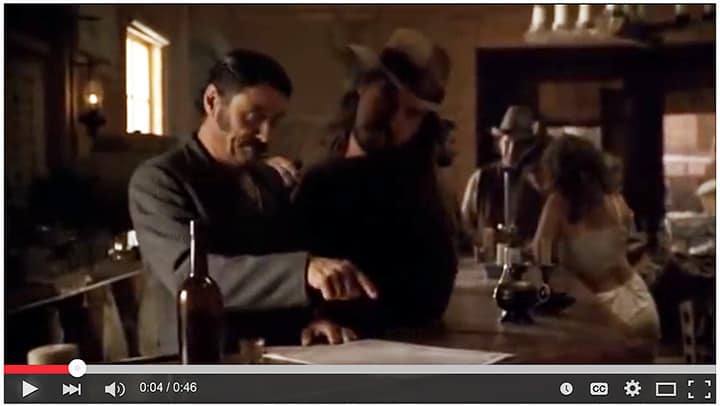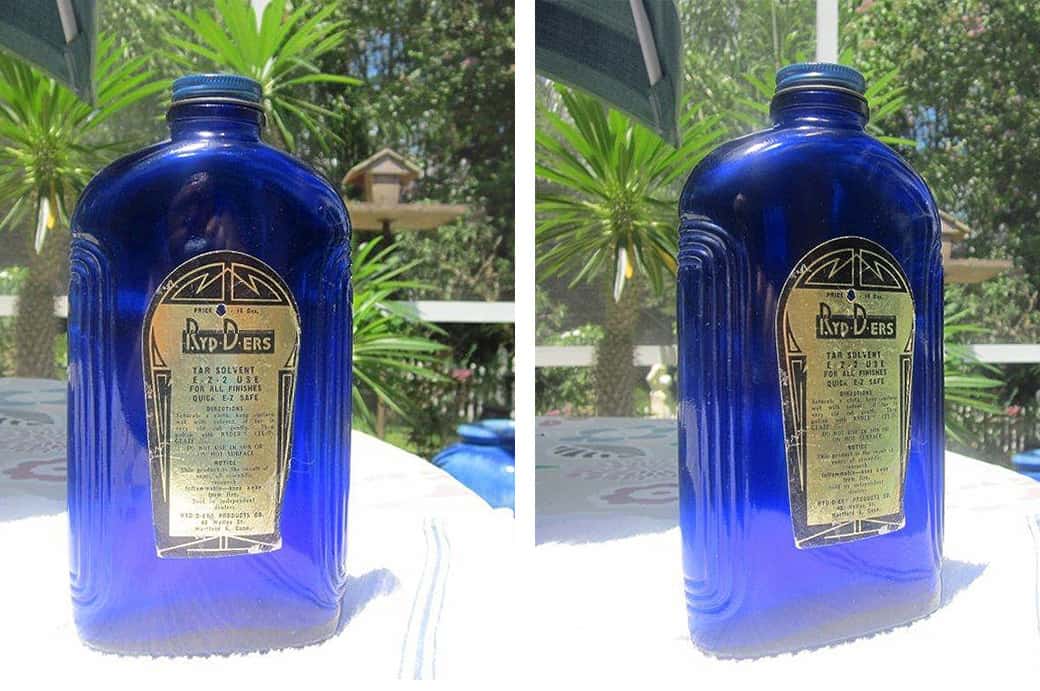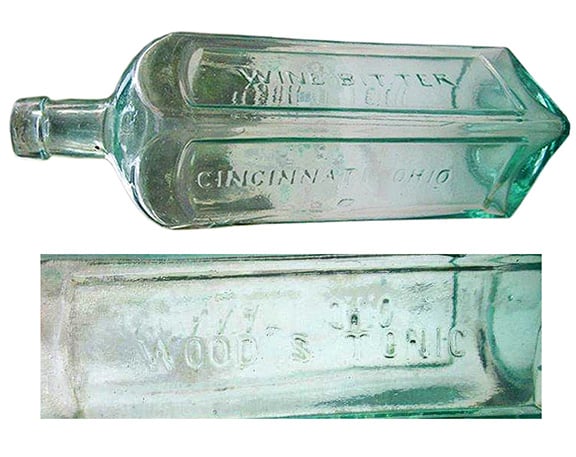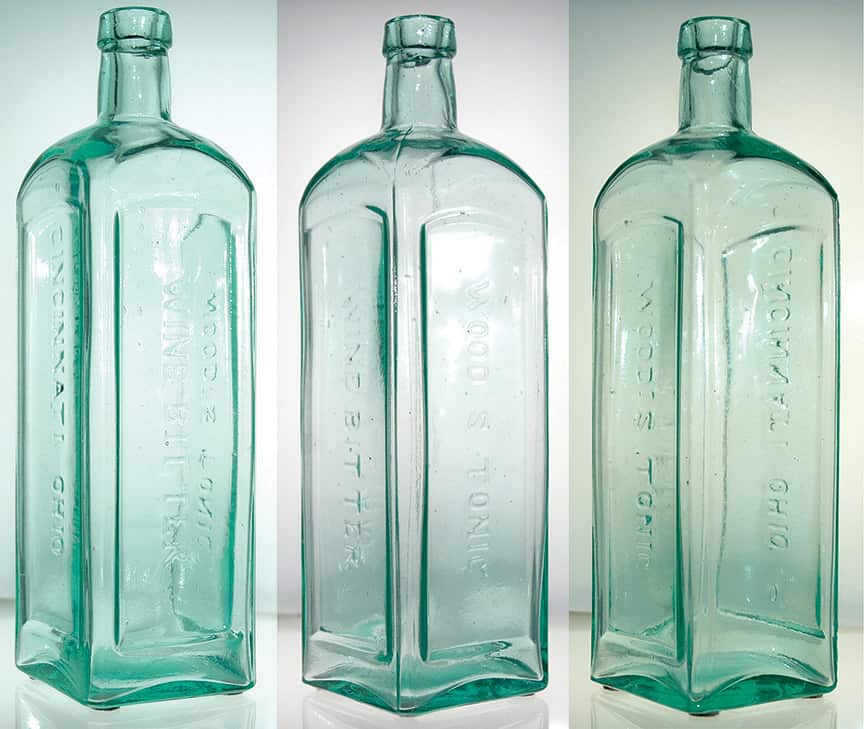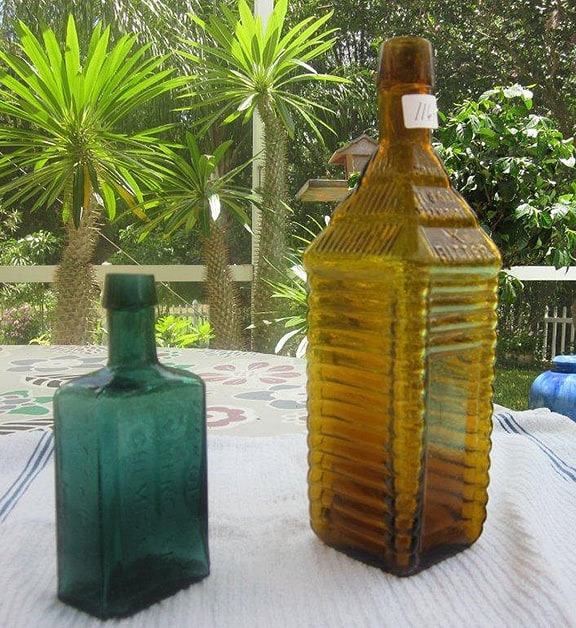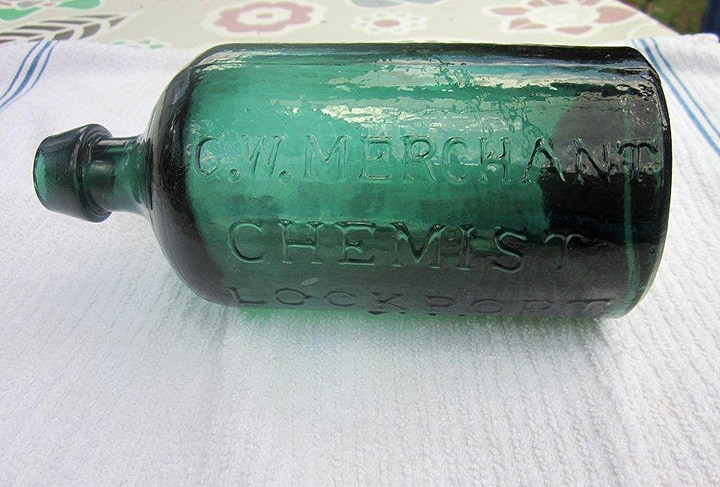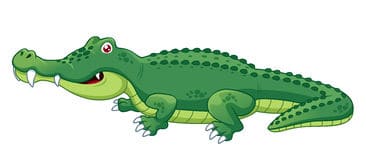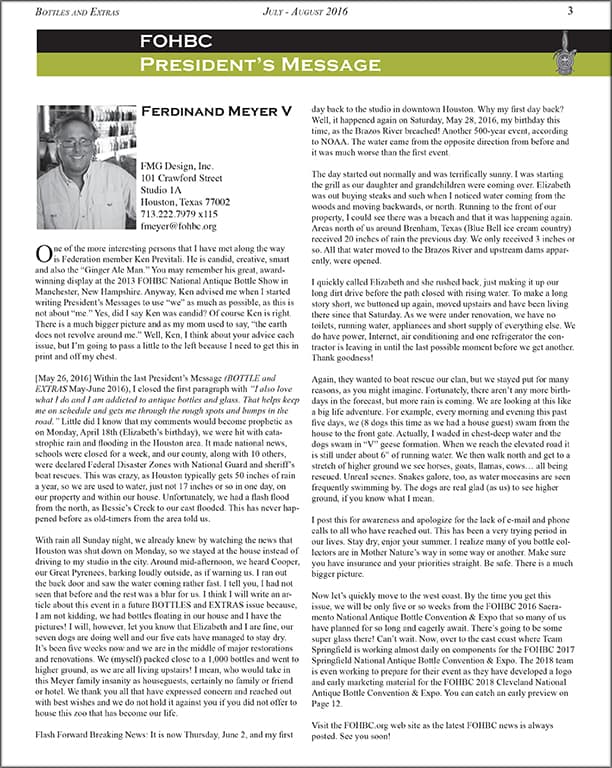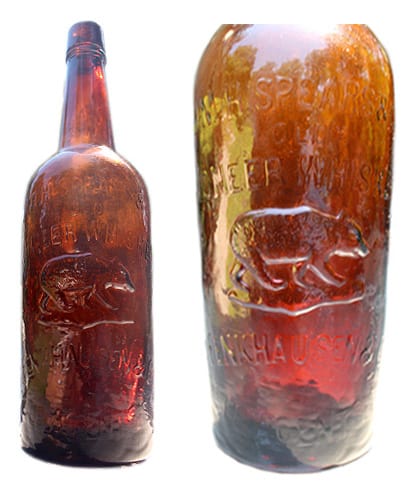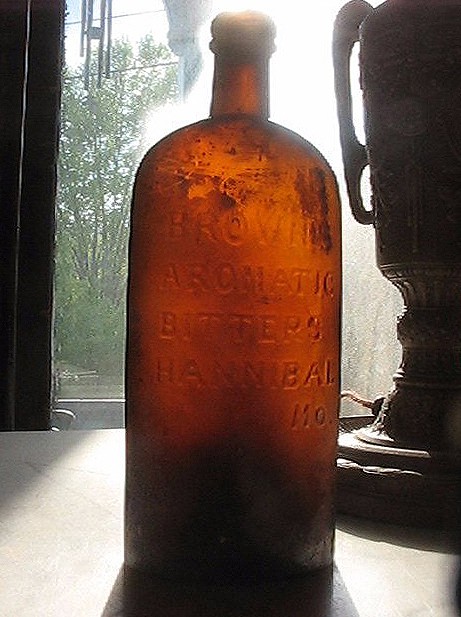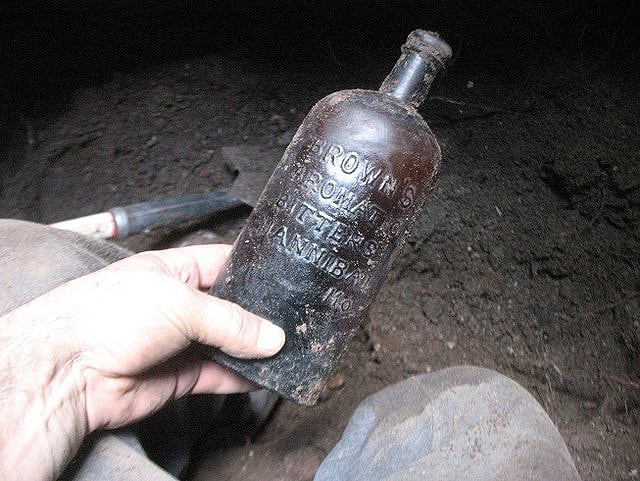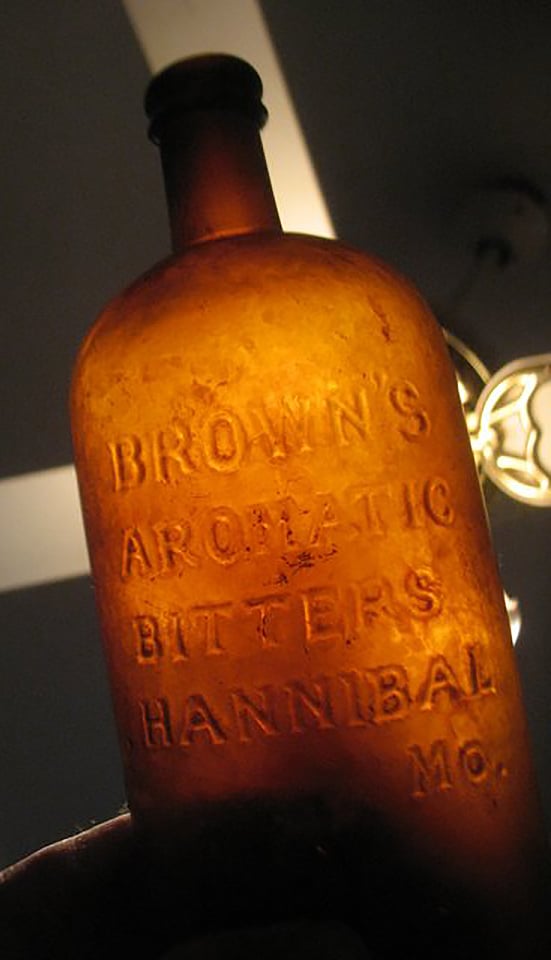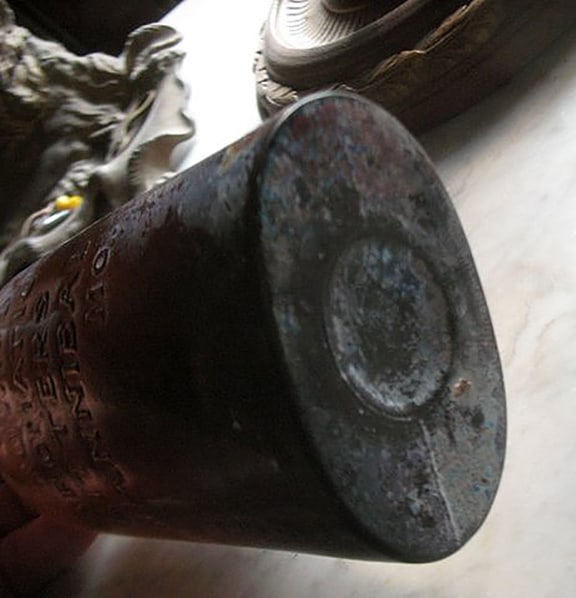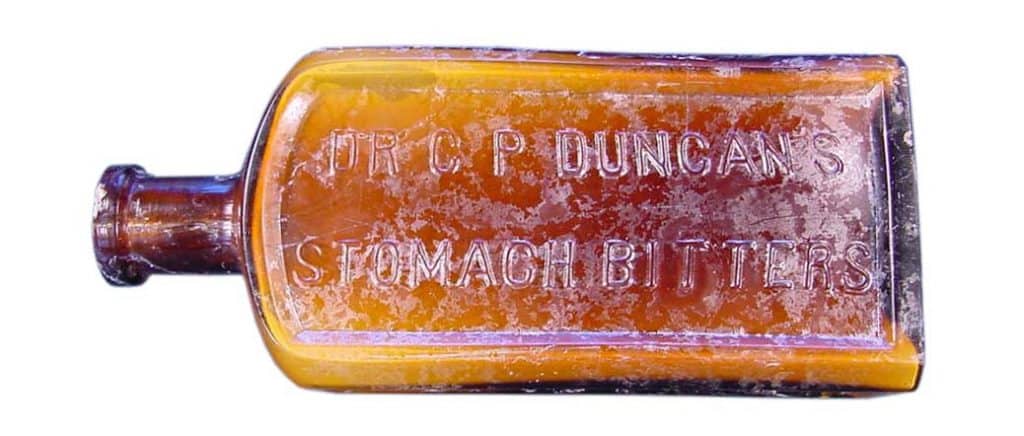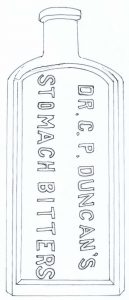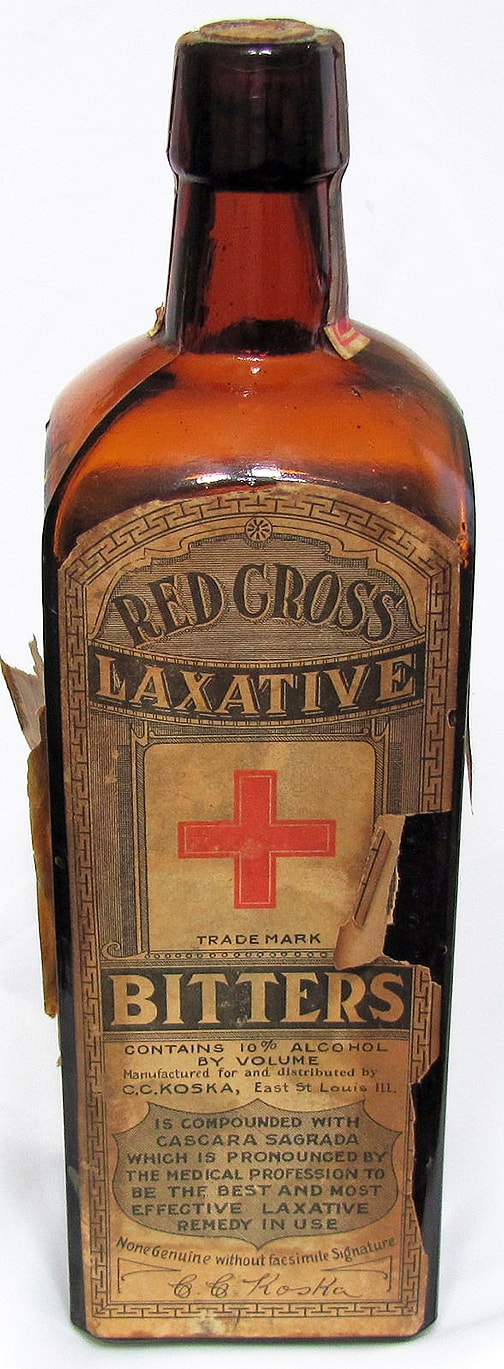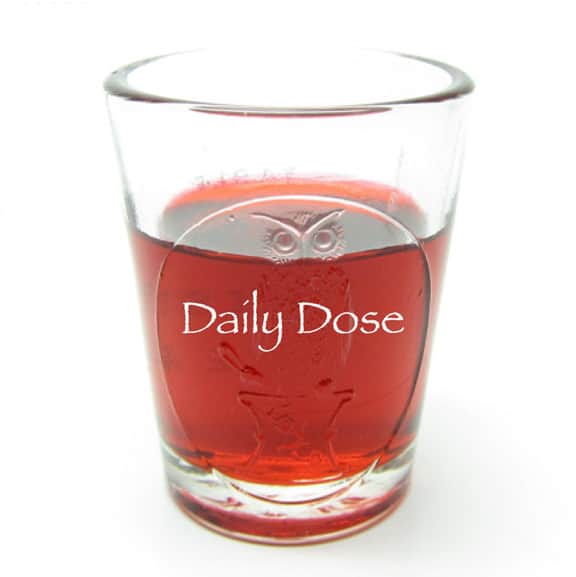
August • September | 2 0 1 6
24 September 2016
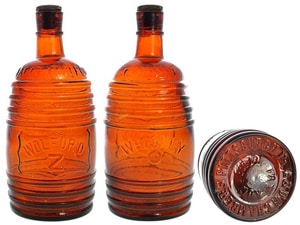
Wolford Z Whiskey mystery solved. “Hey Ferd, I think the following articles will explain the “Z” that is embossed on the WOLFORD bottle. – Best Regards, Corey Stock”
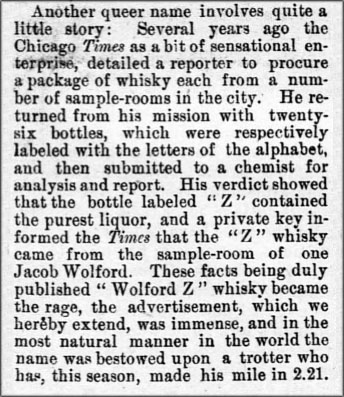
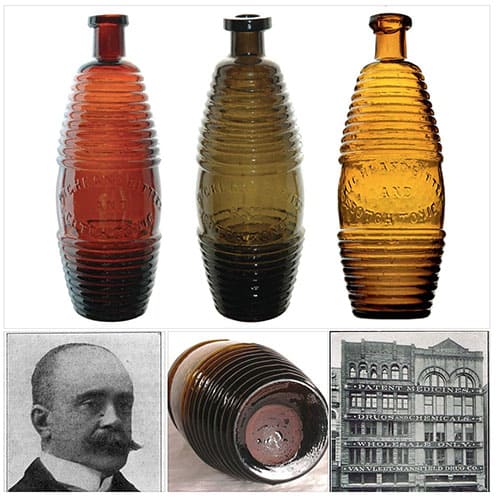
Eighth in a series of figural barrel re-posts in honor of the great Bob Ferraro who is known as Mayor Ferraro and the “Barrel King”. As some of you may know, his collection is being auctioned off by Jim Hagenbuch at Glass Works Auctions in three sessions. The first session closed a week ago Monday night and had many of Bob’s extraordinary figural barrels. This post represents the Highlands Bitters and Scotch Tonic from Memphis, Tennessee. They come in a few colors and Bob sure had a nice one which is being sent my way. Make sure you follow the link to see the full historical post that has been updated with Bob’s bottle from the auction. Read: Barrel Series – Highland Bitters and Scotch Tonic
23 September 2016
I found this advertisement searching for something else in this 1870 Philadelphia City Directory. Never heard of a “Becker’s Genuine Robert Whytt Herb Bitters”. I expect that it is listed as I am not that experienced in the bitters area. Thought you may be interested in the ad though. – Harry E.
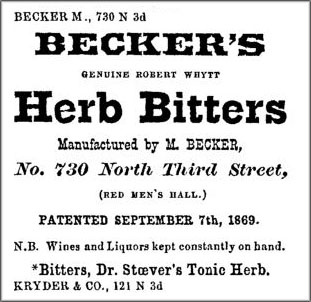
{PRG} Guess what Harry?, you have found an unlisted bitters. Bill Ham will pick it up for BBS2. Congratuations! This should not be confused with R. H. Becker’s Celebrated Russian Bitters.
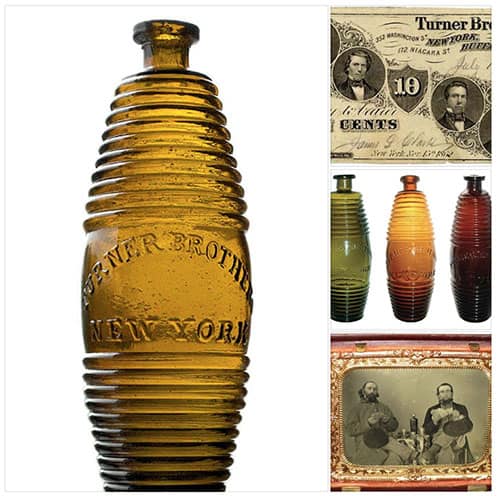
Seventh in a series of figural barrel re-posts in honor of the great Bob Ferraro who is known as Mayor Ferraro and the “Barrel King”. As some of you may know, his collection is being auctioned off by Jim Hagenbuch at Glass Works Auctions in three sessions. The first session closed a week ago Monday night and had many of Bob’s extraordinary figural barrels. This post represents the Turner Brother’s barrel from New York. They come in great colors and Bob sure had a nice one. Make sure you follow the link to see the full historical post that has been updated with Bob’s bottle from the auction. Read: Barrel Series – Turner Brothers New York & San Francisco
22 September 2016
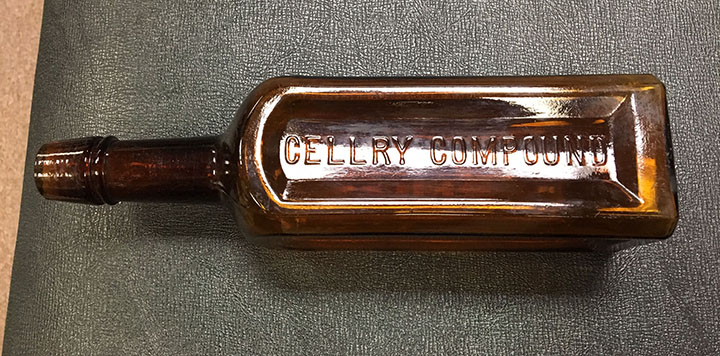
How do you spell CELERY? I am at Richard Siri’s. Richard promised to send you a pic of this bottle over a year ago and he finally found it in his vast collection. I have a feeling that the mold maker thought the word was actually spelled this way.
Eric M (McGuire)
Read More: Paine’s Celery Compound – Makes People Well
Read More: Big Advertising Pays for Paine’s Celery Compound
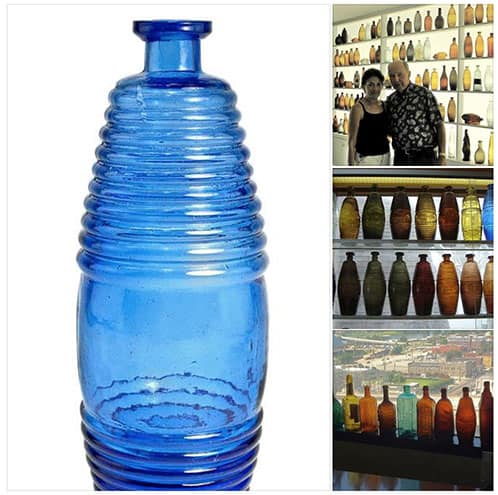
Sixth in a series of figural barrel reposts in honor of the great Bob Ferraro who is known as Mayor Ferraro and the “Barrel King”. As some of you may know, his collection is being auctioned off by Jim Hagenbuch at Glass Works Auctions in three sessions. The first session closed a week ago Monday night and had many of Bob’s extraordinary figural barrels. This next one is the mysterious blue barrel which is unlisted. Many collectors desire and collect this large barrel. Make sure you follow the link to see the full historical post that has been updated with Bob’s bottle from the auction. Read: Barrel Series – The Mysterious Blue Barrel.
21 September 2016
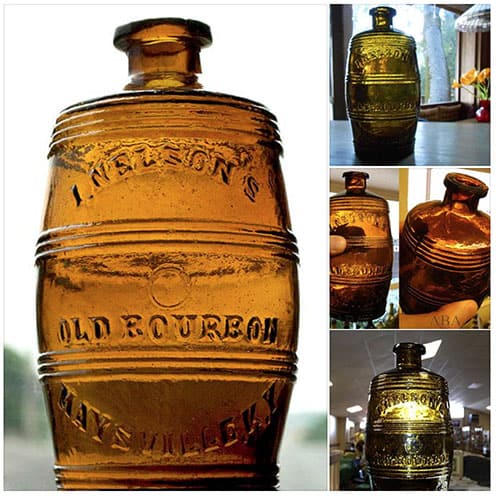
Fifth in a series of figural barrel reposts in honor of the great Bob Ferraro who is known as Mayor Ferraro and the “Barrel King”. As some of you may know, his collection is being auctioned off by Jim Hagenbuch at Glass Works Auctions in three sessions. The first session closed this past Monday night and had many of Bob’s extraordinary figural barrels. This next one is the I. Nelson’s Old Bourbon from Maysville, Kentucky and is quite rare. A shorter and wider form with a bunghole impression like a circular Hall’s. Make sure you follow the link to see the full historical post that has been updated with Bob’s bottle from the auction. Read: Barrel Series – I. Nelson’s Old Bourbon
20 September 2016
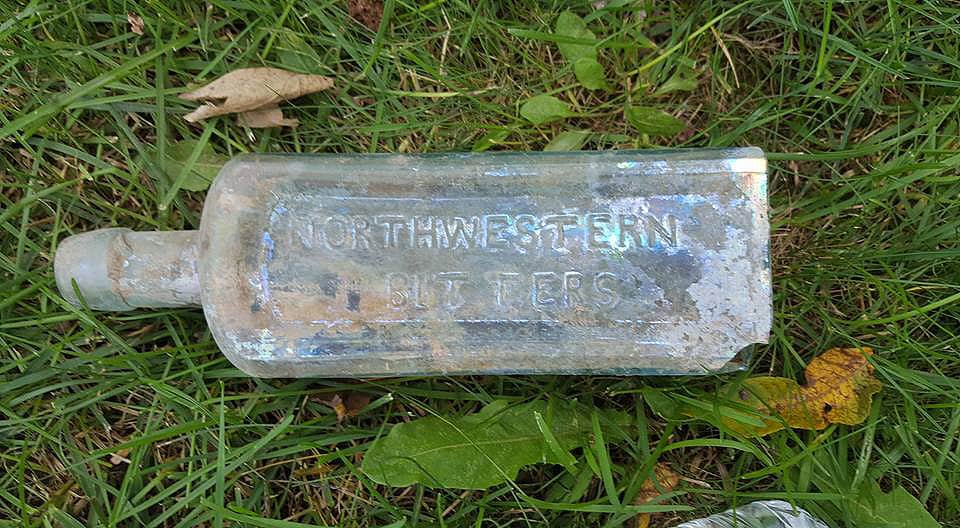
“Out digging the other day with my digging partner Bill Riley and found this Northwestern Bitters. Can’t find out much about it. Any ideas?” – Scott Hendrichsen
{PRG} This appears to be unlisted. Great find. Will need msmts and listing by Bill Ham in BBS2. *** UPDATE *** See below.
N 41.5 NORTHWESTERN / BITTERS // f // sp // f //
9 x 2 3/4
Square, Aqua, LTC, Applied mouth, Extremely rare
Dug in Allegan, Michigan
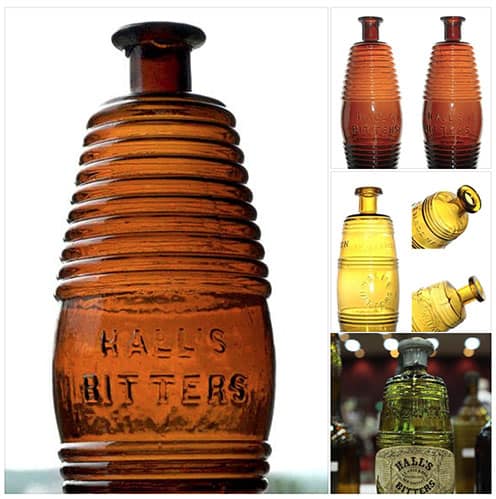
Fourth in a series of figural barrel reposts in honor of the great Bob Ferraro who is known as Mayor Ferraro and the “Barrel King”. As some of you may know, his collection is being auctioned off by Jim Hagenbuch at Glass Works Auctions in three sessions. The first session closed this past Monday night and had many of Bob’s extraordinary figural barrels. So let’s continue with Hall’s Bitters. Bob had a straight line H 9 in the first auction. Make sure you follow the link to see the full historical post that has been updated with Bob’s bottle from the auction. Read: Figural Barrel Series – Hall’s Bitters
18 September 2016
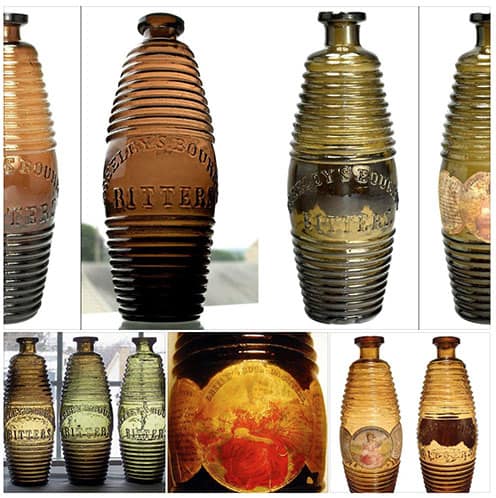
Third in a series of figural barrel reposts in honor of the great Bob Ferraro who is known as Mayor Ferraro and the “Barrel King”. As some of you may know, his collection is being auctioned off by Jim Hagenbuch at Glass Works Auctions in three sessions. The first session closed this past Monday night and had many of Bob’s extraordinary figural barrels. So let’s continue with a great one, Greeley’s Bourbon Bitters. Make sure you follow the link to see the full historical post that has been updated with Bob’s bottles from the auction. Read: Greeley’s Bourbon Bitters – A Great Boston Bitters Barrel
17 September 2016
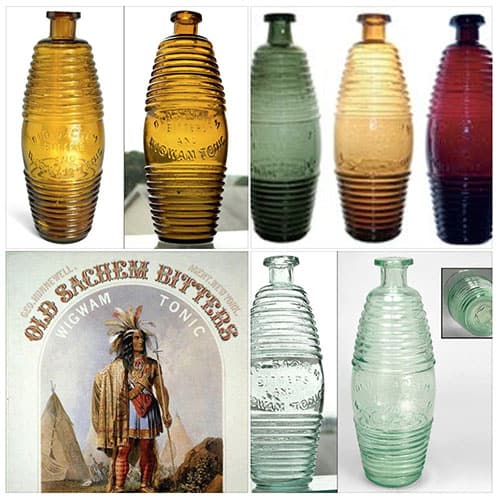
Second in a series of figural barrel reposts in honor of the great Bob Ferraro who is known as Mayor Ferraro and the “Barrel King”. As some of you may know, his collection is being auctioned off by Jim Hagenbuch at Glass Works Auctions in three sessions. The first session closed this past Monday night and had many of Bob’s extraordinary figural barrels. So let’s continue with my favorite, the Old Sachems Bitters and Wigwam Tonic. Gotta luv that name! Make sure you follow the link to see the full historical post that has been updated with Bob’s bottle from the auction. Read: Barrel Series – Old Sachem Bitters and Wigwam Tonic
16 September 2016
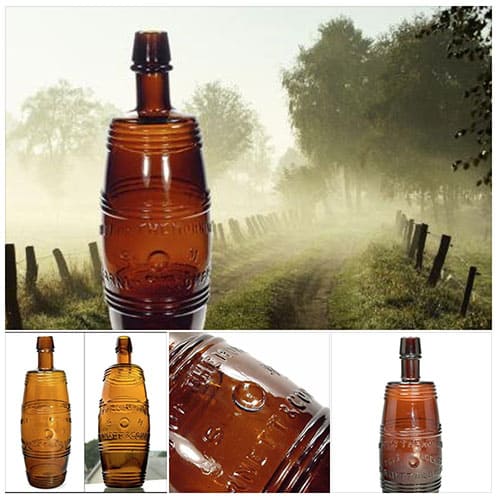
I’m going to pay homage to the great Bob Ferraro who is known as Mayor Ferraro and the “Barrel King” in a series of repost updates. As some of you may know, his collection is being auctioned off by Jim Hagenbuch at Glass Works Auctions in three sessions. The first session closed this past Monday night and had many of Bob’s extraordinary figural barrels. So let’s start off with the Mist of the Morning which is a bitters folks. Bob had both variants which is quite extraordinary. Make sure you follow the link to see the full historical post that has been updated with Bob’s bottles. Read: Barrel Series – Mist of the Morning
15 September 2016
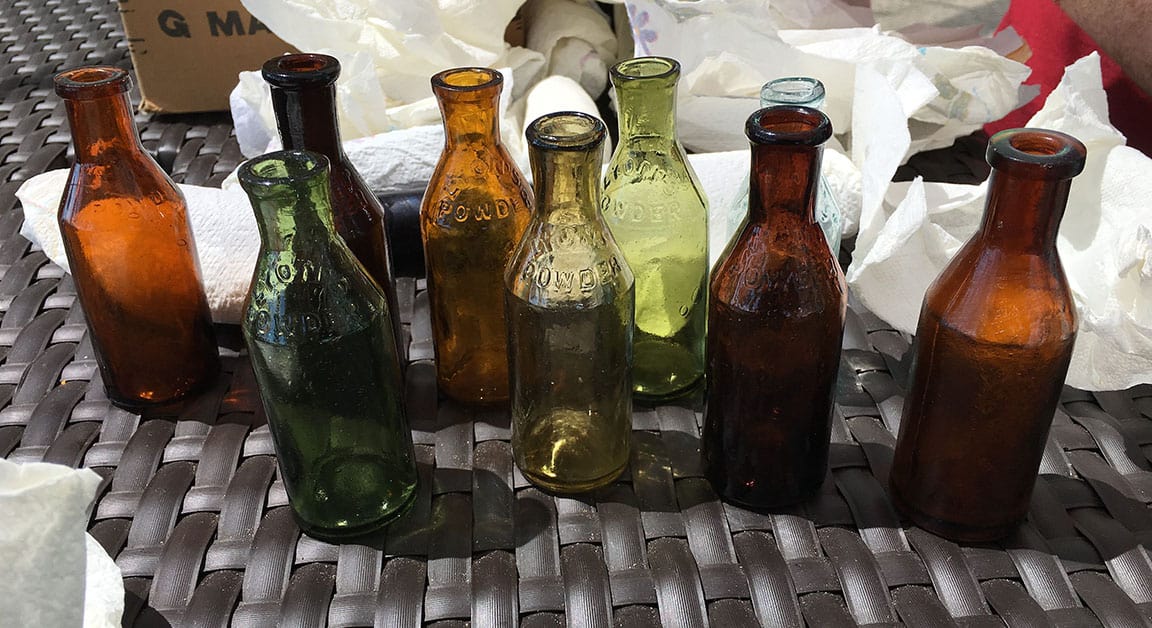
For those who don’t know what tickles my fancy, well…. I like color runs and it doesn’t have to be bitters where I can slay. I have beer, fruit jar and lightning rod ball runs too. Anyway, I ran into this fellow in Sacramento at the national and he took me outside and we sat under an umbrella in the beautiful weather and we talked about Lyon’s Powders. He had brought along a box and we carefully unwrapped all of his little poison bottles within. I loved them. I even started my own collection when I picked up three at the show (bottom picture).
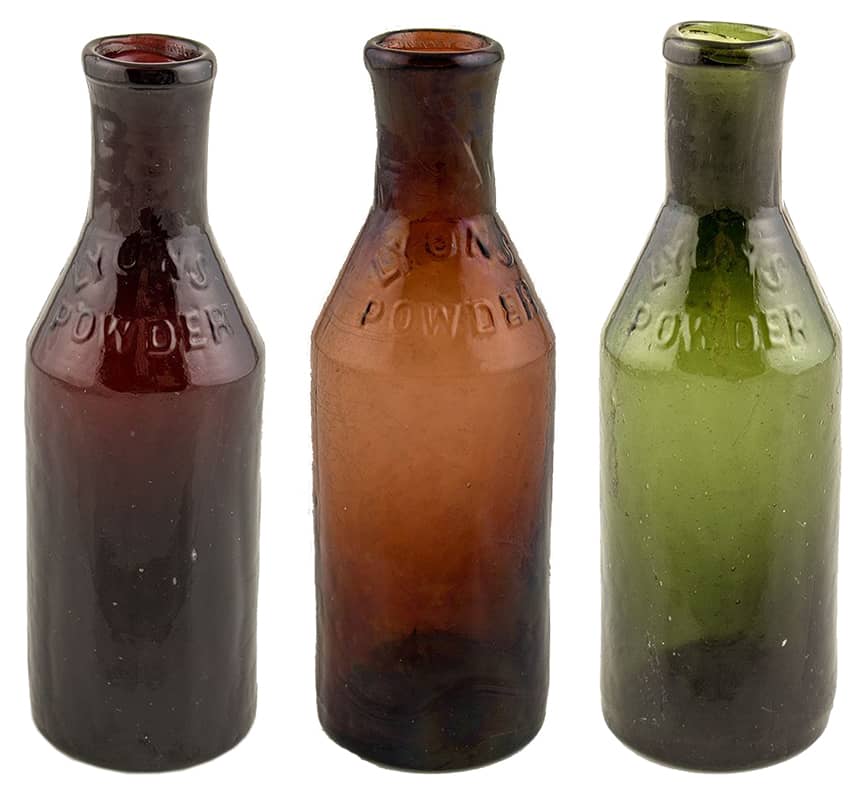
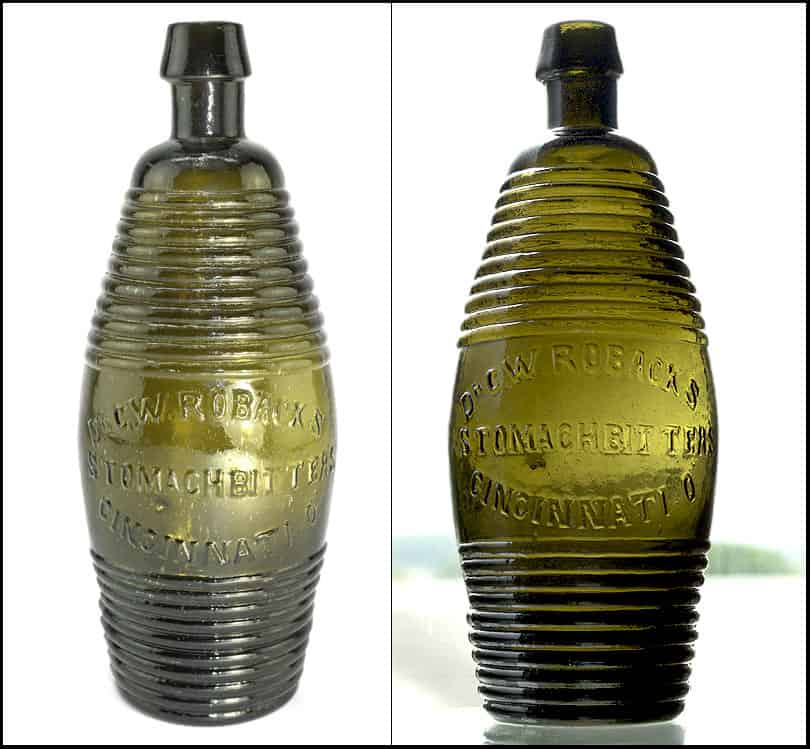
News on a couple of barrels from Session 1 of the Bob Ferraro Collection with Glass Works Auctions. The deep olive green Dr. C. W. Roback’s figural barrel sold for $13,000 plus auction house premium. It is pictured above. I remember how excited Bob was when he was bidding on this bottle back in 2008. We both spoke on the phone that evening. This barrel is similar to the outstanding example in the Jeff Burkhardt collection (pictured below). If I am not mistaken, this is Jeff’s favorite bitters barrel brand. Read More: Barrel Series – Roback’s Stomach Bitters (the big boys)
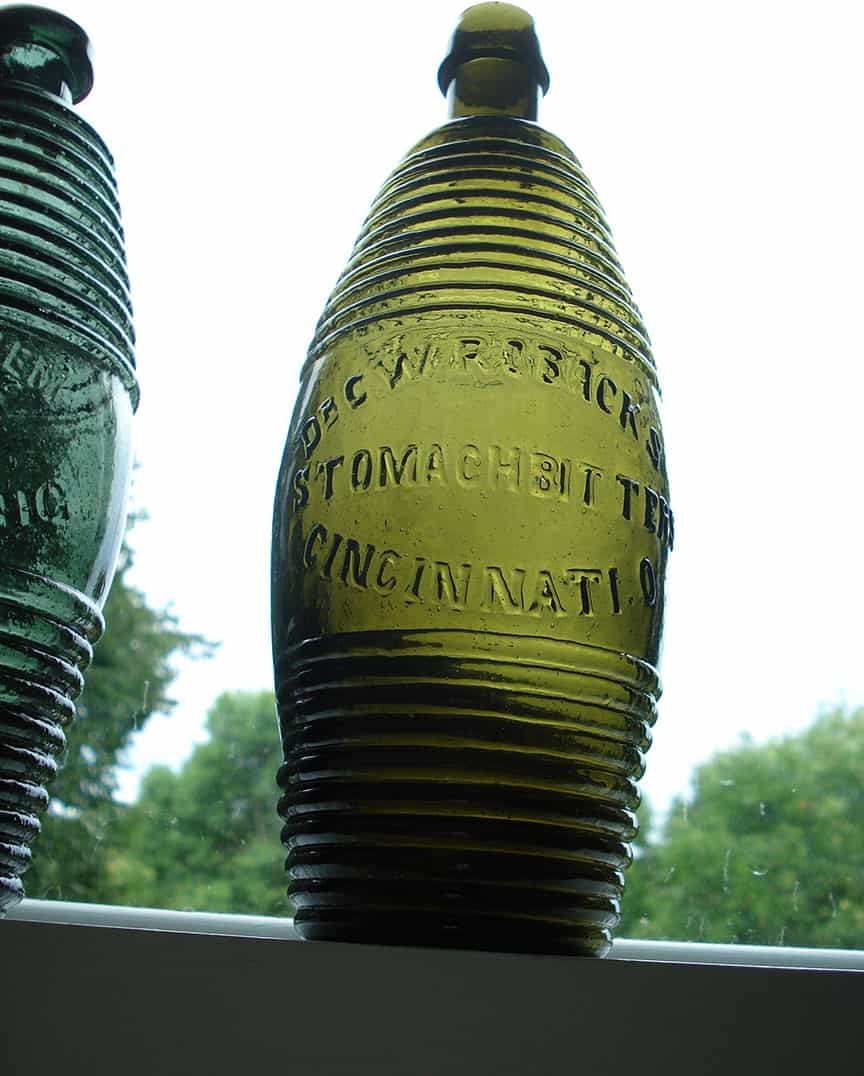
Hi Ferd, I wanted a bitters from our friend Bob’s collection. I snagged the W.C. Bitters Brobst & Rentshler, Reading, Pa. barrel. I am so happy to get it. I don’t think a lot of people know how rare it is? Best Regards, Gary [Beatty]
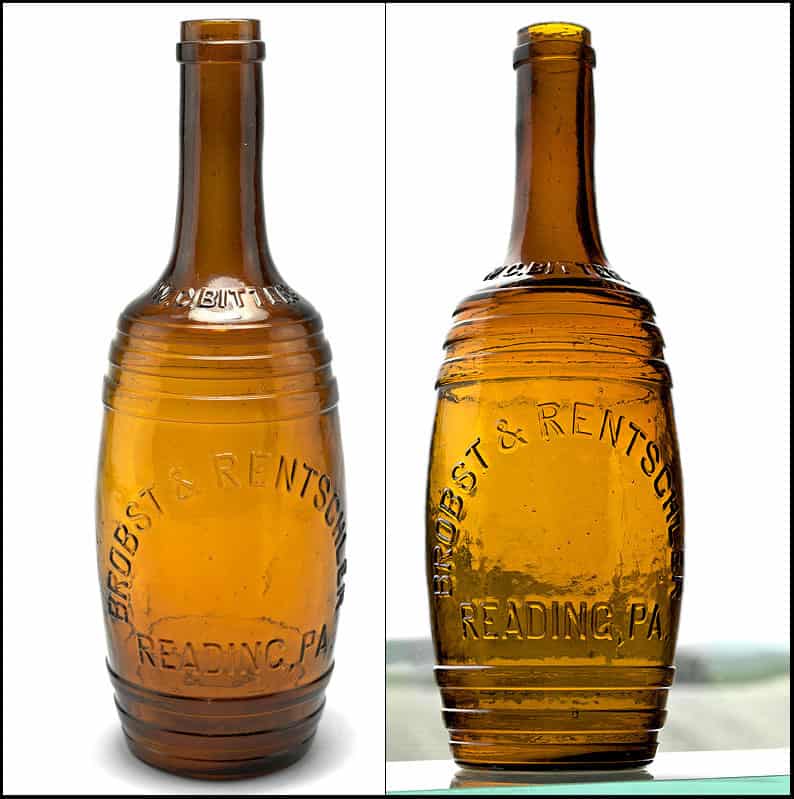
14 September 2016
Look at this Freakasaurus Rex on ebay!!!. Bill Ham tipoff. It’s even photographed on reptile skin. Too cool.
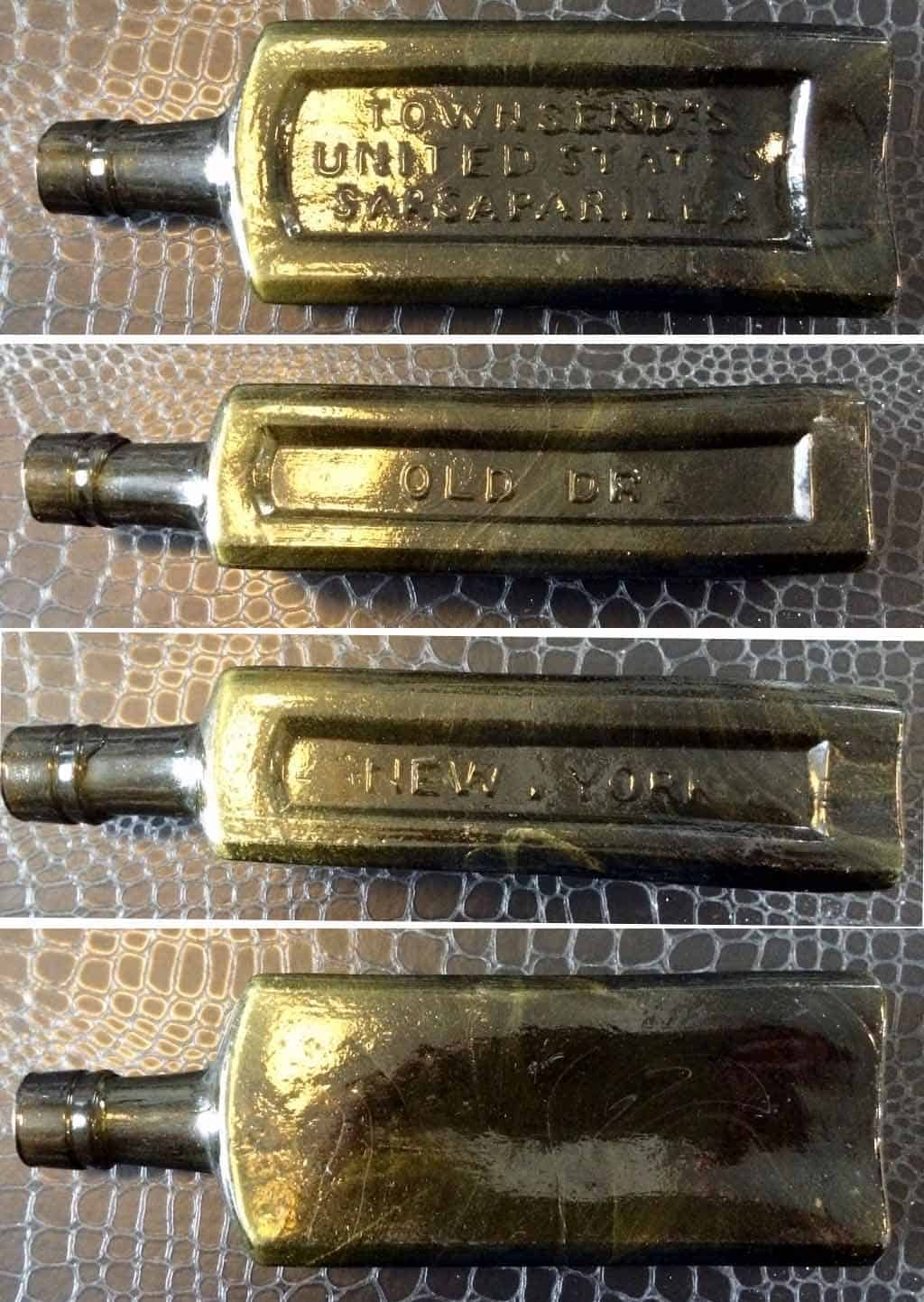
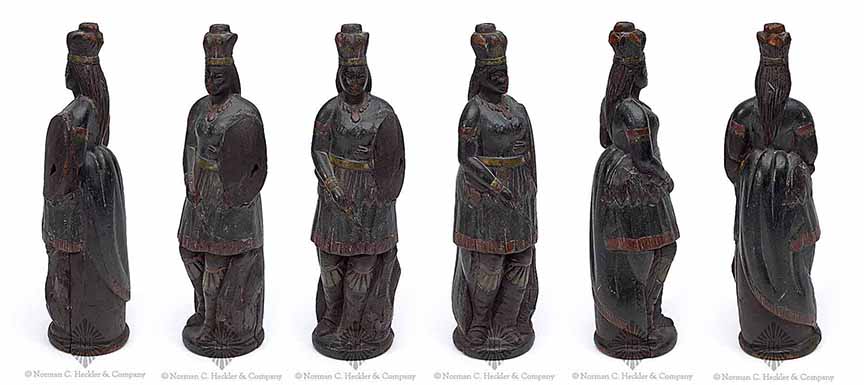
Love these images of the wooden queen currently in Heckler Premier Auction #141. I combined all the images in photoshop. Makes a nice sequence like we are doing for the Virtual Museum. That process takes 36 successive images of a 360 degree spin.
12 September 2016
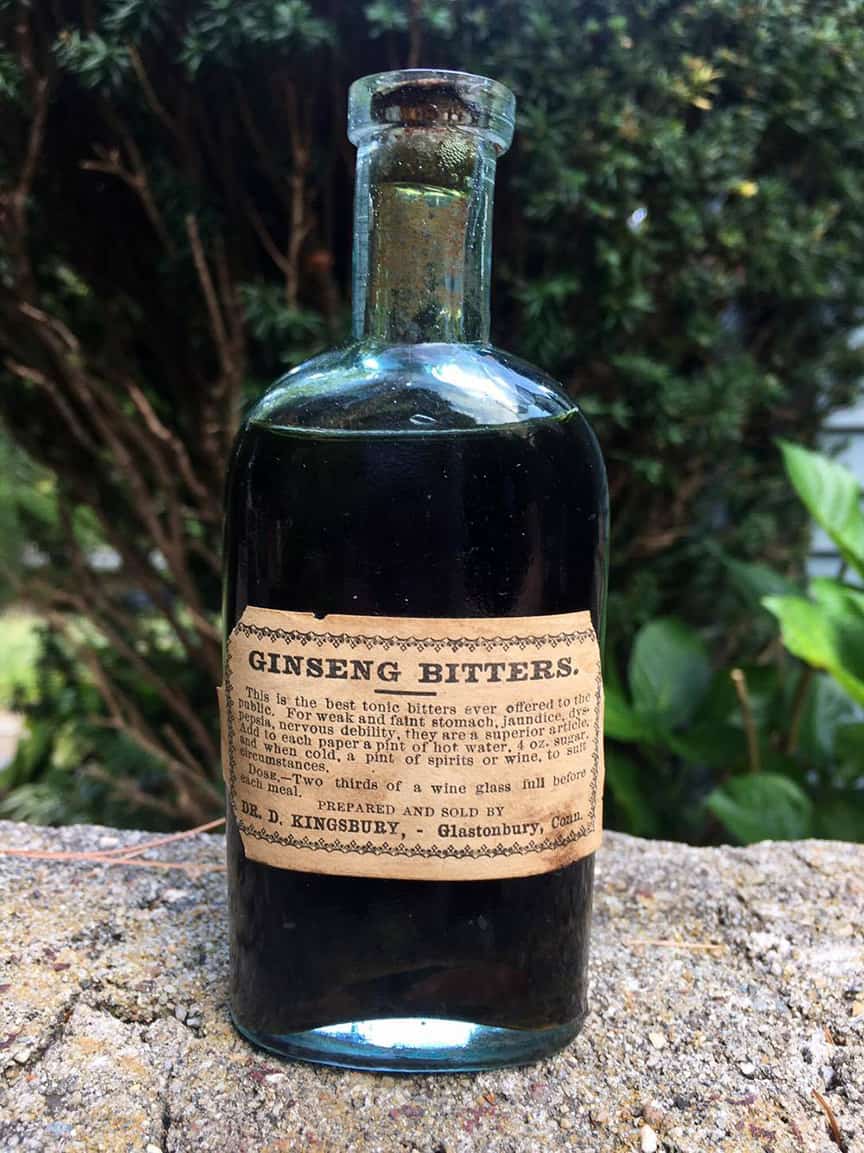
Mid afternoon now and about 35,000 feet over Louisiana headed to Baltimore. Glad these flight have Internet. Received the following email from Nick Wrobleski:
“Hi, I picked up this bitters last week and was wondering if you knew anything about it. ‘Ginseng Bitters Prepared and Sold By Dr. D. Kingsbury, – Glastonbury, Conn’
Thanks!”
It appears the labeled bitters is unlisted. Bill Ham adds, “new listing in BBS2 (Bitters Bottles Supplement 2)…
G 44.5 L . . . Ginseng Bitters, Prepared and sold by Dr. D. Kingsbury, Glastonbury, Conn.
Oval, Aqua, NCS, Applied mouth
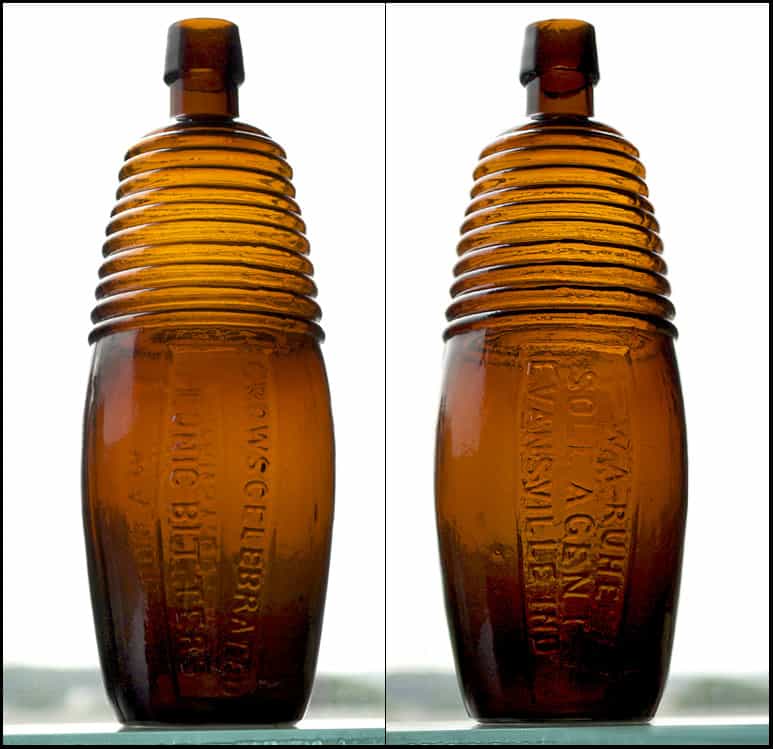
Headed up to Baltimore for a couple of days here shortly. Sure missed being at the Downieville show this past weekend. Interesting that the Crows Celebrated Tonic Bitters is sitting at $9k this morning. The Glass Works Auctions – Bob Ferraro Collection – Session 1 concludes tonight. Should easily sell for triple that amount.
Read: Barrel Series – Crow’s Celebrated Tonic Bitters
11 September 2016
Never forget.
In regards to the T.F. Ryan Indianapolis bottle posted yesterday, Brad Seigler responded with “this bottle was made the same year as the super rare Galveston gin. They look very similar.”
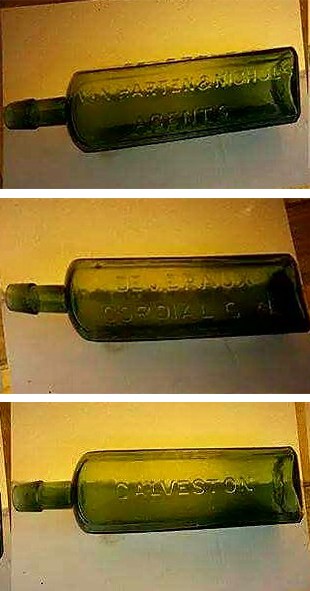
10 September 2016
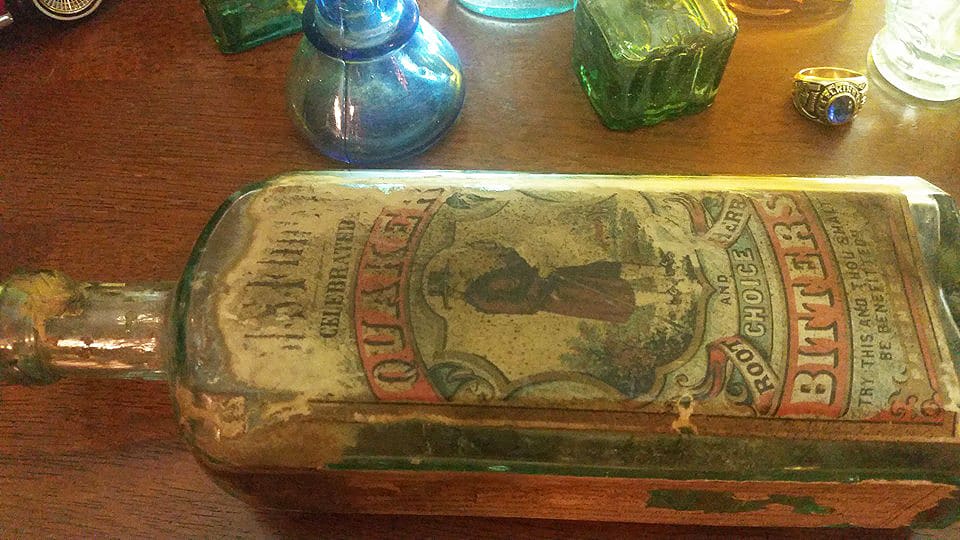
I was looking at the labeled version of this bottle in the heckler auction and noticed that the label is different. Any info on the bottle would be much appreciated! – Alexander Taylor
[PRG] There are lots of versions of Quaker Bitters. Read: Dr. Flint’s Rhode Island Bitters Products
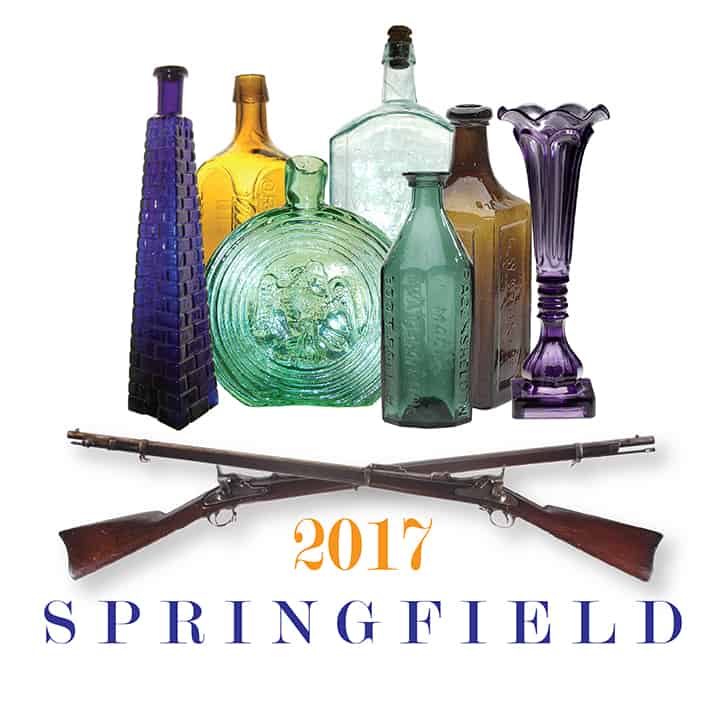
Request from our 50th dealer!
Today, we have received a contract request from our 50th dealer! You know what that means! As we promised, on Wednesday, the 14th of September, one lucky winner from the first 50 participants will be drawn to win a free two night stay at the Sheraton Monarch in Springfield during the Federation of Historical Bottle Collectors 2017 Springfield Expo and Convention. Didn’t get your contract in yet? What are you waiting for? Tables are going fast and the banquet room is filling up! Get up and get going! Remember, when we reach the first 100 dealers, we’re going to draw another lucky winner for a free one night stay at our host hotel! A splendid time is guaranteed for all!
Bob Strickhart
Springfield Co-Chair
SPRINGFIELD LINK
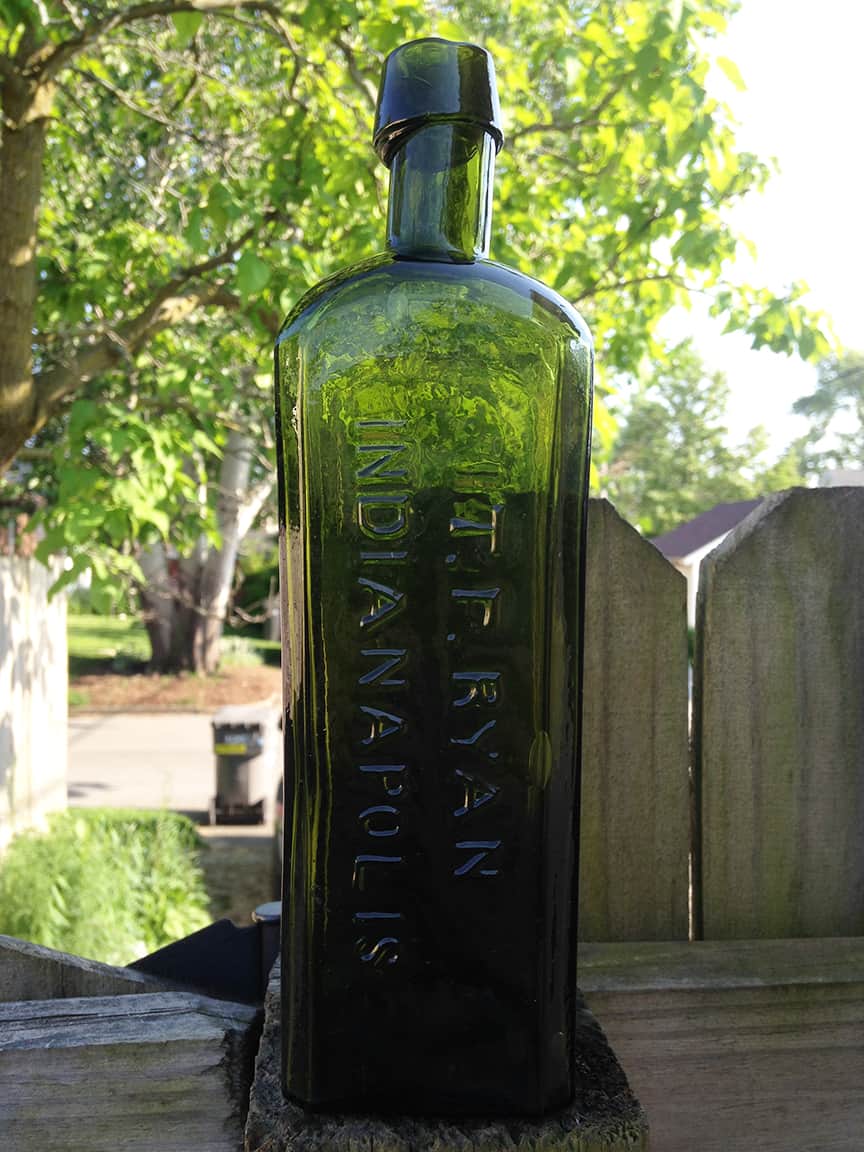
T.F. Ryan bottle
I am going to send you pictures of this new bottle I just got. This is a T.F. Ryan bottle. Ryan was in the bourbon business in Indianapolis, Indiana. In 1871, he is listed as a manufacturer or something like that. Also the same year there is an ad for a Ryans Bourbon Bitters. This bottle could be the bourbon bitters. Ryan was only in business in 1870 -1871 and then he was listed with a partner as a distributer for a couple years. I have more info but I want to write an article.
There are no examples of the Bourbon bitters so we dont know for sure. He also could have bottled Gin, Whiskey or some other medicine. However I’ve only found his ad for Ryans Bourbon Bitters. I wish this bottle had a label.
PS: Four of these bottles were dug, two were cracked and two were good…
Martin Van Zant
07 September 2016
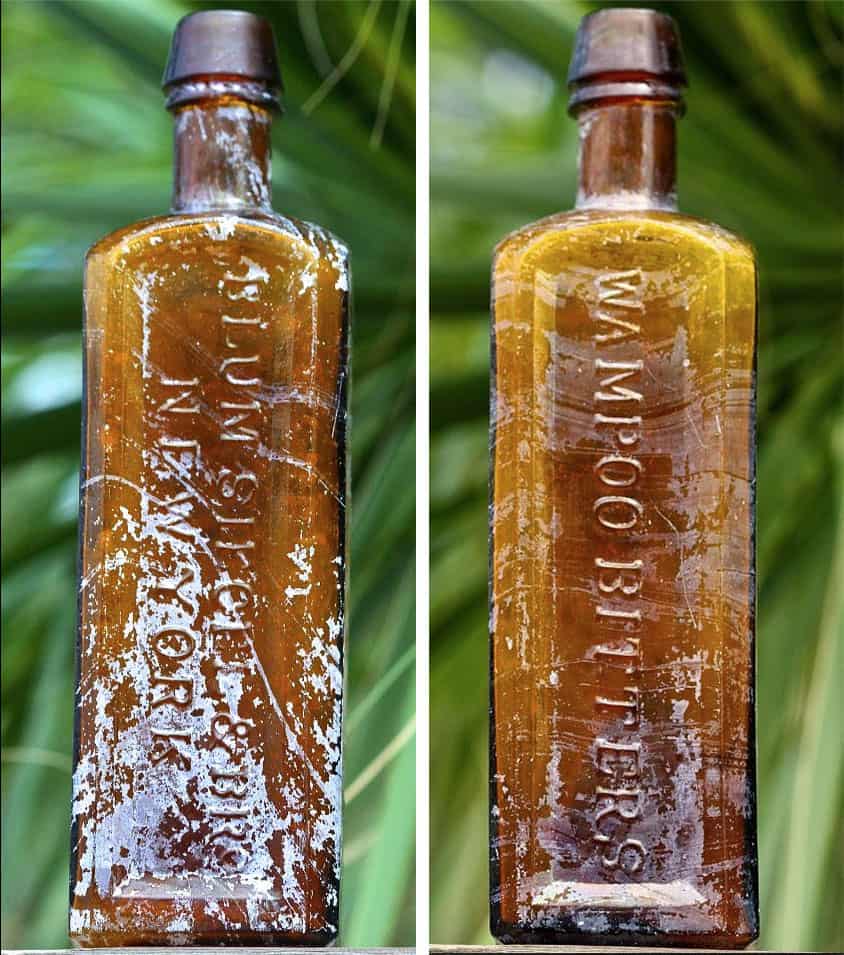
Ferdinand… Here is something I posted on my Facebook page. I thought you might want to post it in your world. Once again Rob Biro.
I dug this really crude looking ~ WAMPOO BITTERS ~ in a early 1870s dump in downtown Savannah, Georgia. The bottle is so crude looking. Even the word Bitter’s is not even. The whole bottle is out of square. The two un-embossed sides are full of uneven whittle. I have decided to leave the bottle in it’s original condition. I think it looks the best the way it is. I have seen a few others that were in mint condition but not in this crude condition that gives it character. It looks like it could tell quite a story the way it is.
[PRG] I totally agree. Leave the bottle as it is. Not all would do so but your thinking is sound.
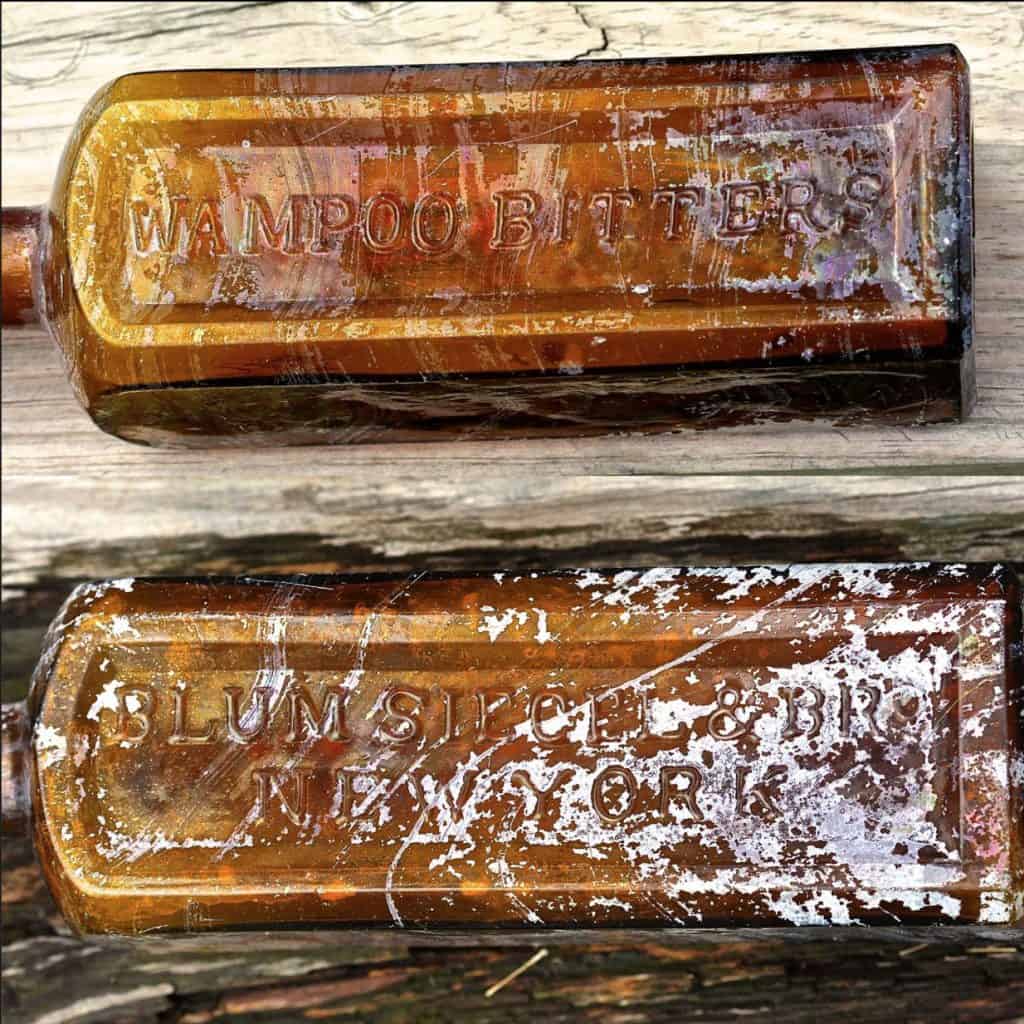
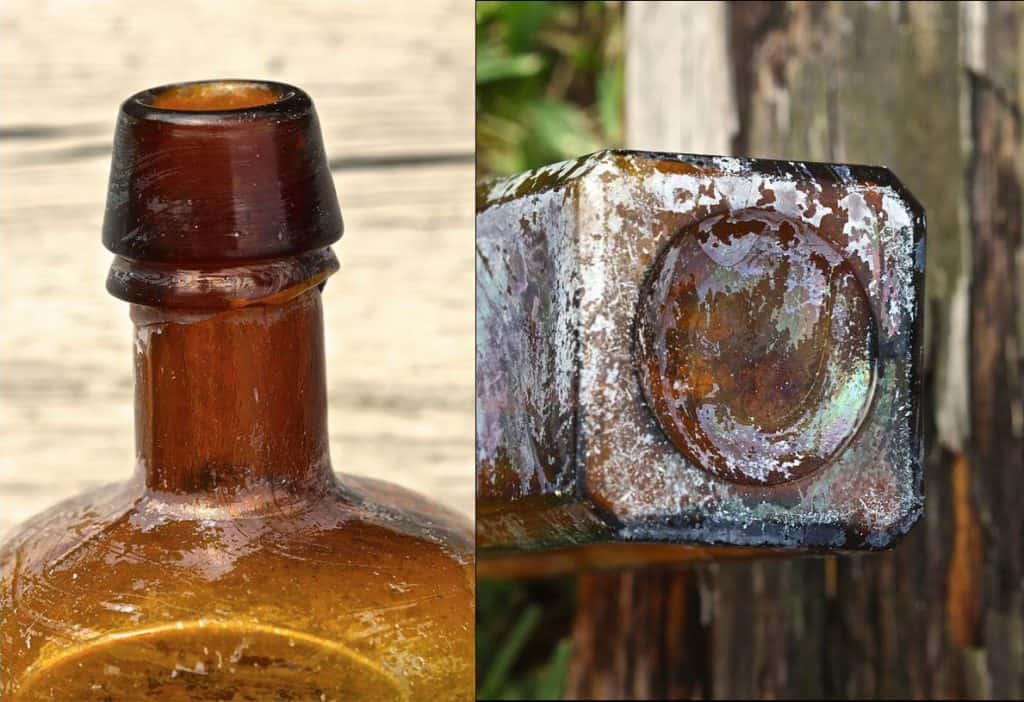
06 September 2016
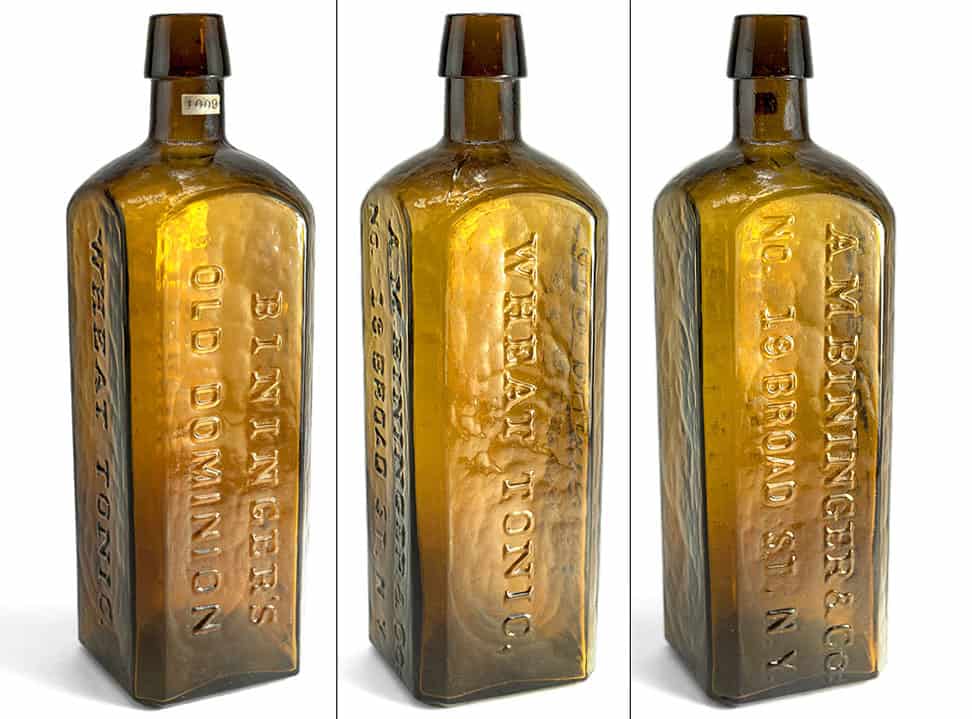
Updated my Bininger Gallery page to include three of Bob Ferraro’s super examples in the current Glass Works Auctions #112 (Bob Ferarro Session 1).
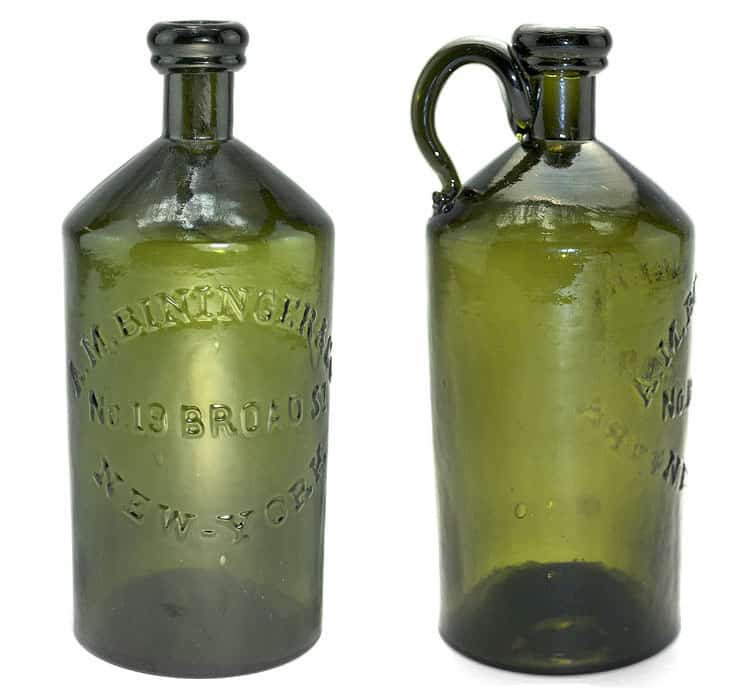
05 September 2016

Chillin’ at the house all weekend. Here it is Labor Day, the first Monday in September. A day to celebrate the creation of the labor movement dedicated to the social and economic achievements of American workers. It constitutes a yearly national tribute to the contributions workers have made to the strength, prosperity, and well-being of our country.
Labor day has its meaning here too as we toil to empty the first water breached storage pod to assess damage or clean and retain. Lots of mold and wasps nests. House starting to look good again with partial restored furniture delivered, most appliances in and 95% construction complete. Hanging pictures. Bottles still in deep storage.
Love this 3 Queens picture from the Heckler Premier Auction 141.
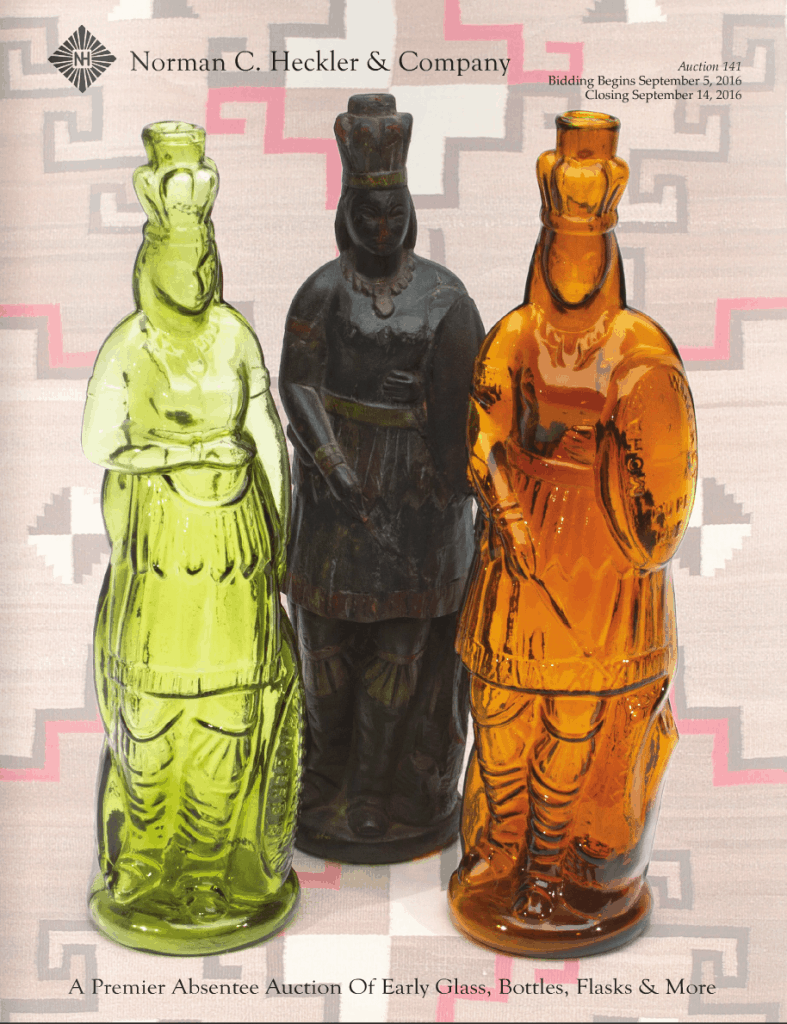
Read More: H. Pharazyn Indian Queen – Philadelphia, Looking closer at the Brown’s Celebrated Indian Herb Bitters, Amethyst Indian Queen Found in Seattle, Mohawk Whiskey Pure Rye Indian Queen, E. Longs Indian Herb Bitters, The Indian Herb Bitters Prepared by Drs Dickerson & Stark, Why do we call the bottles the ‘Indian Queen?’, The Rubenesque Queens, Barrel series – Original Pocahontas Bitters
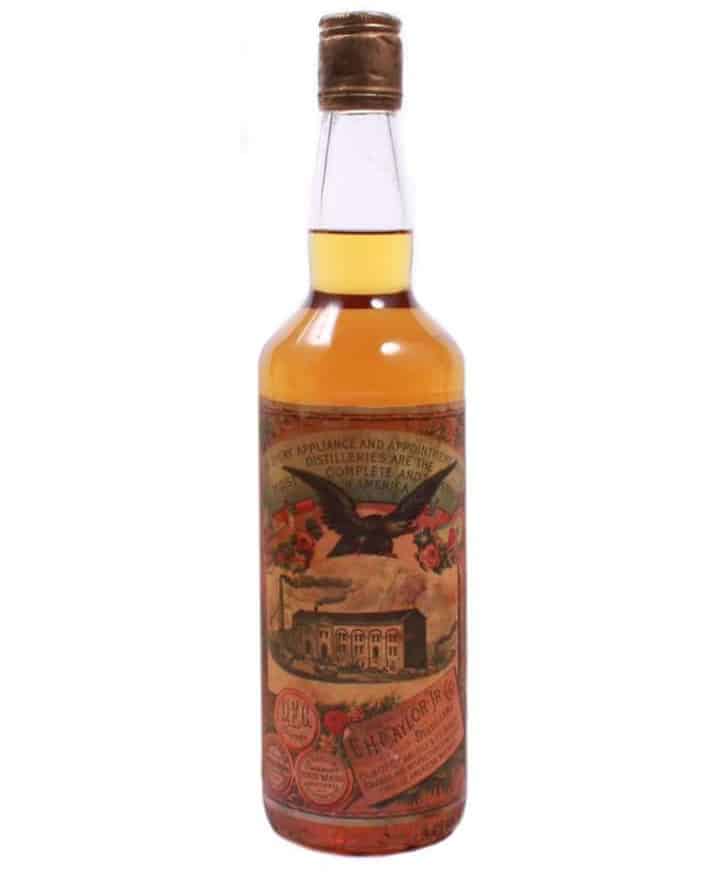
Looks like that labeled E. H. Taylor Jr. Co. whiskey (Read two posts below) found in Holland probably is a fake. Label appearing on other commercially sold bottles.
04 September 2016
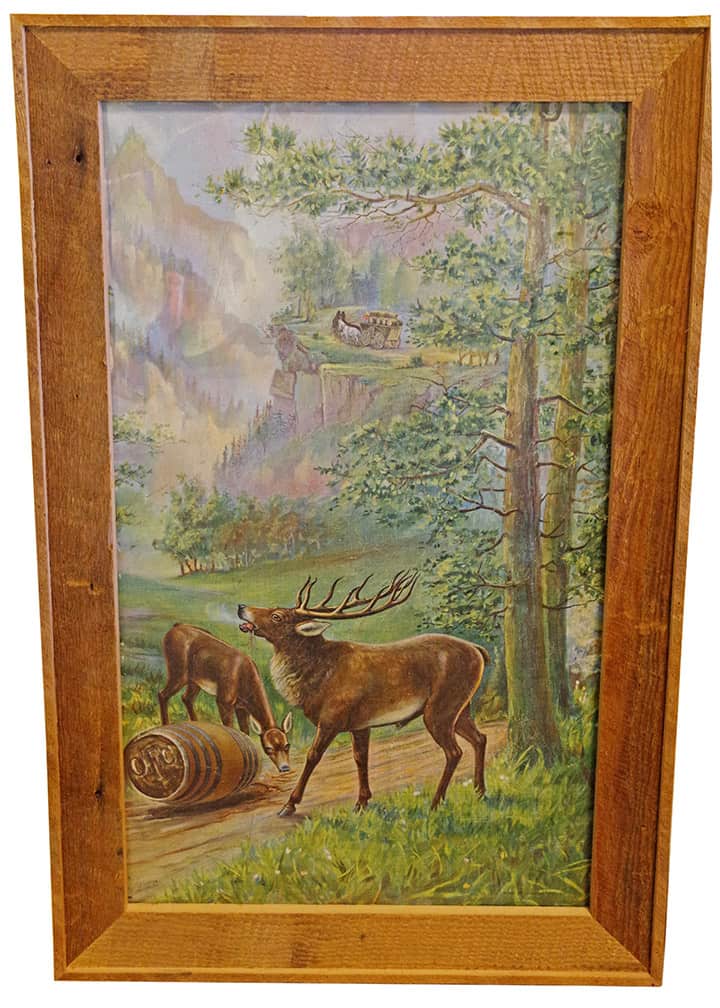
Looking at the post from yesterday on the labeled E. H. Taylor Jr. Co. whiskey found in Holland (read below from 03 September), Bruce Silva replies:
Hi Ferd: Spotted the post about the E. H. Taylor Jr. labeled cylinder this AM. Short of having the contents analyzed, there’s no way to tell for sure which of the products shown on the label were in the bottle. But odds, are, it was one of the three listed. Interesting in that the product was packaged in what we normally think of as a European scotch neck cylinder whiskey bottle. Maybe the product was shipped in bulk (hogsheads) across the Atlantic, to European liquor dealers, where it was bottled and subsequently resold. A 180* reversal from what occurred on the west side of the big pond.
I’m attaching a couple of photos of a large (23″ x 35″ incl. frame) litho on tin sign, from my collection, which advertised the OFC brand. Being a westerner, who lived and worked in the high Sierra Nevada’s back in the late 60’s, and early 70’s, the almost impressionistic scene of the freight wagon winding its way up a steep mountain pack trail, with elk in the foreground (drinking OFC Whisky), holds special memories. Thought your writer may also find it interesting.
Bruce (Western Whiskey Gazette)
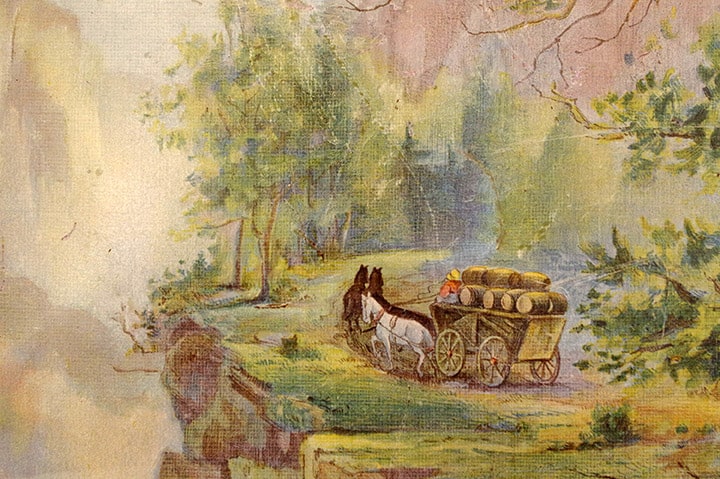
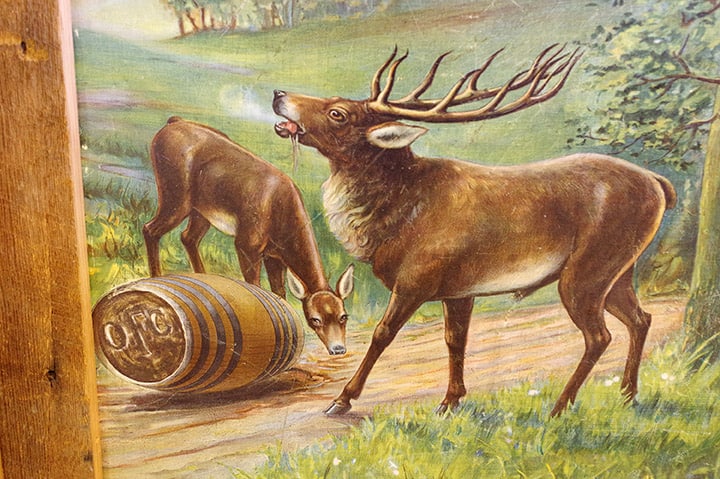
03 September 2016
Here is a really cool labeled whiskey with a Taylor book cover used as a label. Anyone seen this before. No embossing that I am aware of.
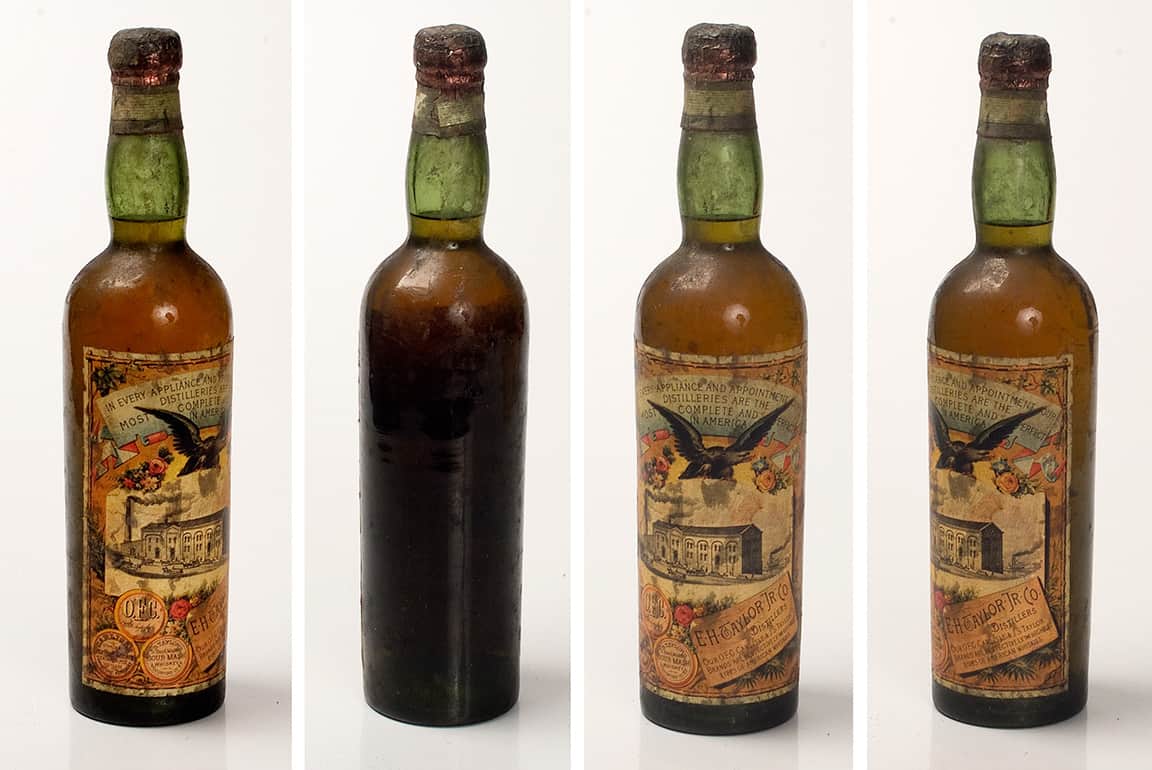
Hi my name is Ron Kercher and I am living in Europe – Holland. We collect old and rare whisk(e)y, most of it is from scotland but once and a while we stumble over a old odd one. This bottle was bought and shipped from Italy to Holland. The label says from E.H. Taylor Jr. Co. There is no indication of what it is, no vol. or contents and the label looks the same as the back book cover (on a previous web post you did: Read: A question regarding an “Old Taylor” find). I don’t know when the book was released and or if the bottle was made for marketing purposes. If you could help me unravel this puzzel I would be very grateful. Thanks.
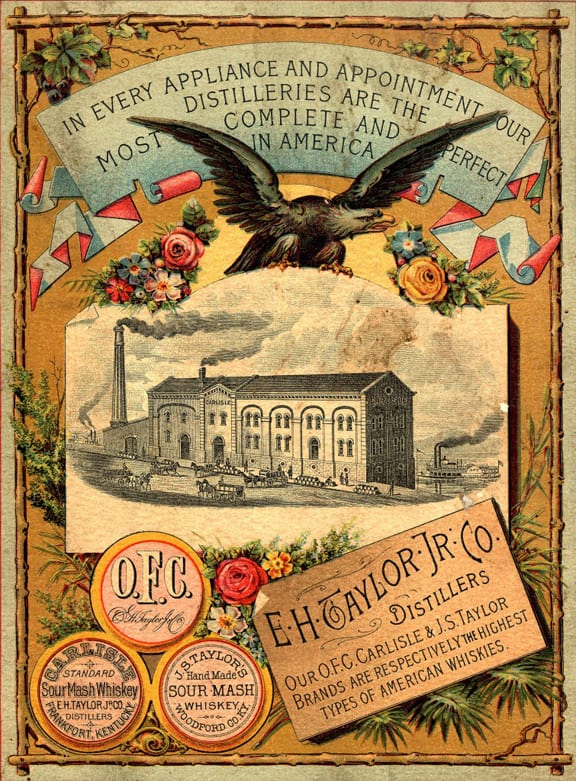
02 September 2016
A nice picture of both California Herb Bitters variants from the Chip Cable collection. Read: The California Herb Bitters from Pittsburgh
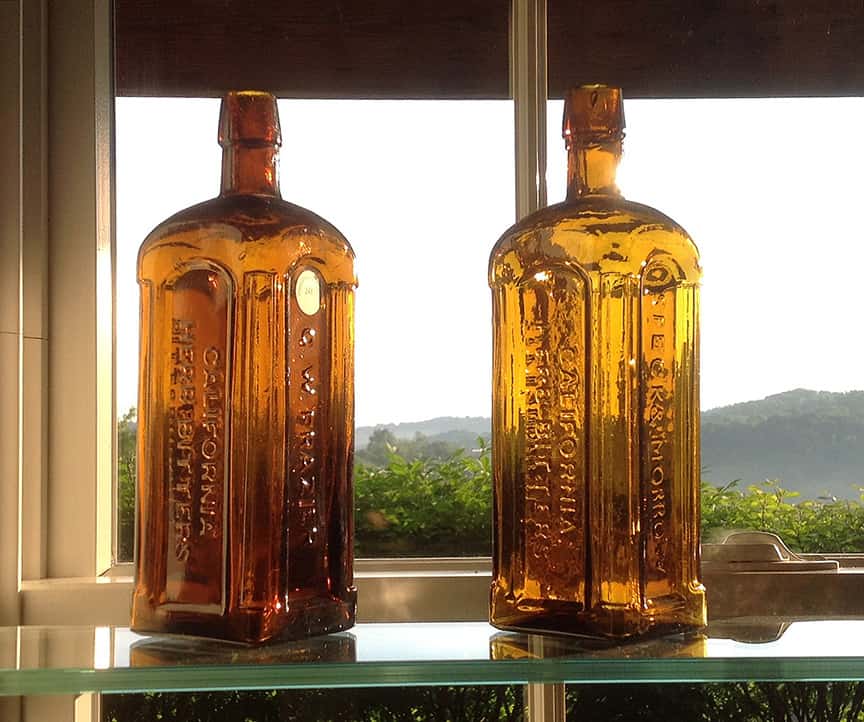
01 September 2016
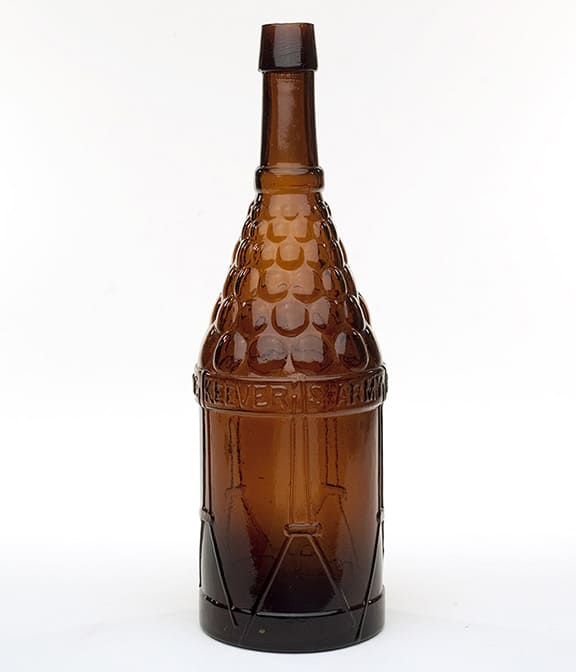
Hi Ferd,
I recently acquired a McKeever’s Army Bitters for my collection (photograph attached), which is a bottle I’ve wanted for years.
In researching my new bottle, I was struck by how little factual information is out there. Who was McKeever? Where were he and his company located? We apparently don’t even know what region of the country he hailed from. Jane Spillman, former curator of the Corning Museum of Glass who authored a 1983 Knopf publication called Glass Bottles, Lamps and Other Objects which often contains little-known facts about specific bottles, writes only that McKeever’s Army Bitters was from the East or Midwest, circa 1860-70, which is a pretty broad geography. The bottle is so elaborate and unique, and must have taken such a great deal of time and expense to create, that I wonder if its design might have been patented?
I’m curious whether you (or anybody else) has seen a labeled example or knows anything more about the man and/or his bottle? Perhaps you could post my letter on your Peach Ridge Glass site to see if we can get some additional information. Thanks!
Best regards,
Mike Dickman
[PRG] Mike, Congrats, great bottle and one of my favorites too. There are 260 or so McKeever’s in the Civil War though Chauncey McKeever stands out. I will research. Great questions.
28 August 2016
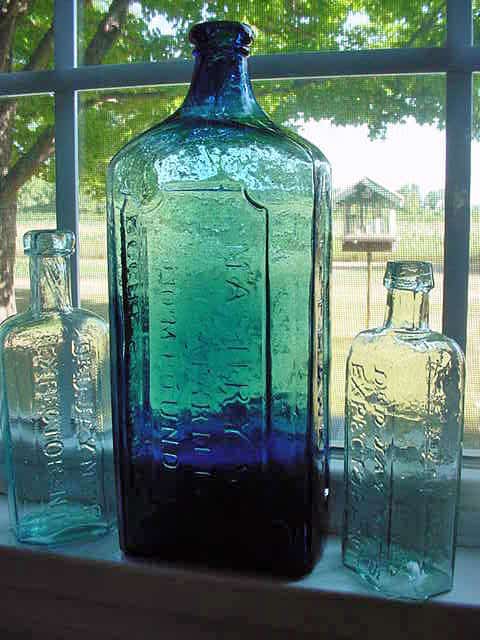
Holy Cow!!!!!!
Good morning Mr. Meyer, Barney xxx here in xxx. This bottle was hidden away in an early house wall for over 150 years. It is just like the day it was made with no high point wear and great whittle. Thank you for your interest. I have been a bottle collector for about 3o years. This is a recent find here in the xxx area. I think you will like my pictures. If you are interested we can talk. Sincerely xxx.
Read: Masury’s Compound Extract of Sarsaparilla and Wau-A-Hoo
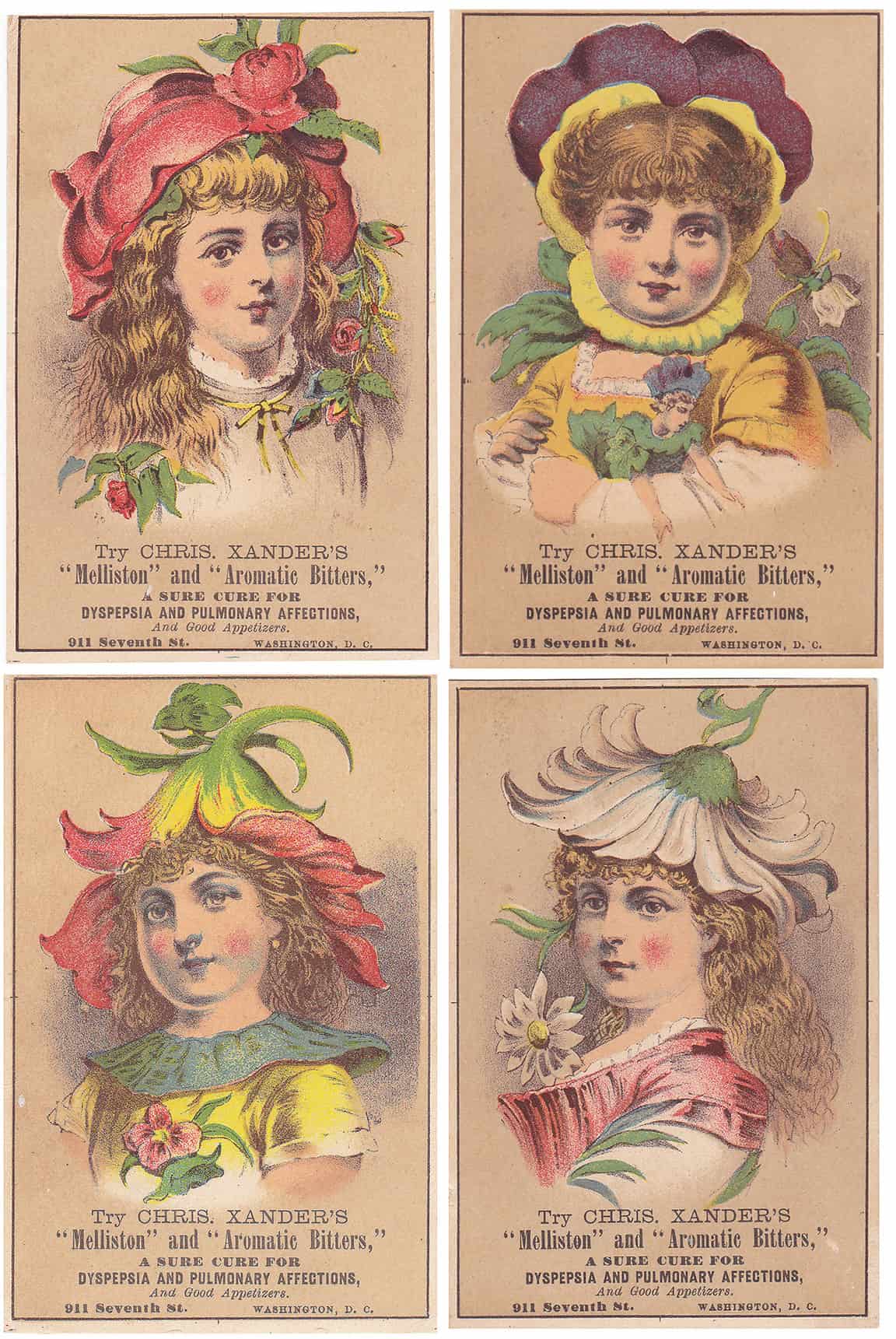
Hey Ferd,
Hope things are beginning to settle back to normal after the terrible aftermath of the flooding and all the commitments to the National convention. It has certainly been an eventful year for you and your family.
Thankfully, not too much drama going on in my life. I have, though, added a number of cards to my collection including the ones I have attached. Thought maybe you could use them as illustrations in your Xander post? The backsides of the cards are blank. (They are the same cards that appear in Ham/Ring).
Regards and best wishes………….Joe (Gourd)
Read: Christian Xander and his Melliston Bitters, Wild Cherry Bitters & German Aromatic Bitters
26 August 2016
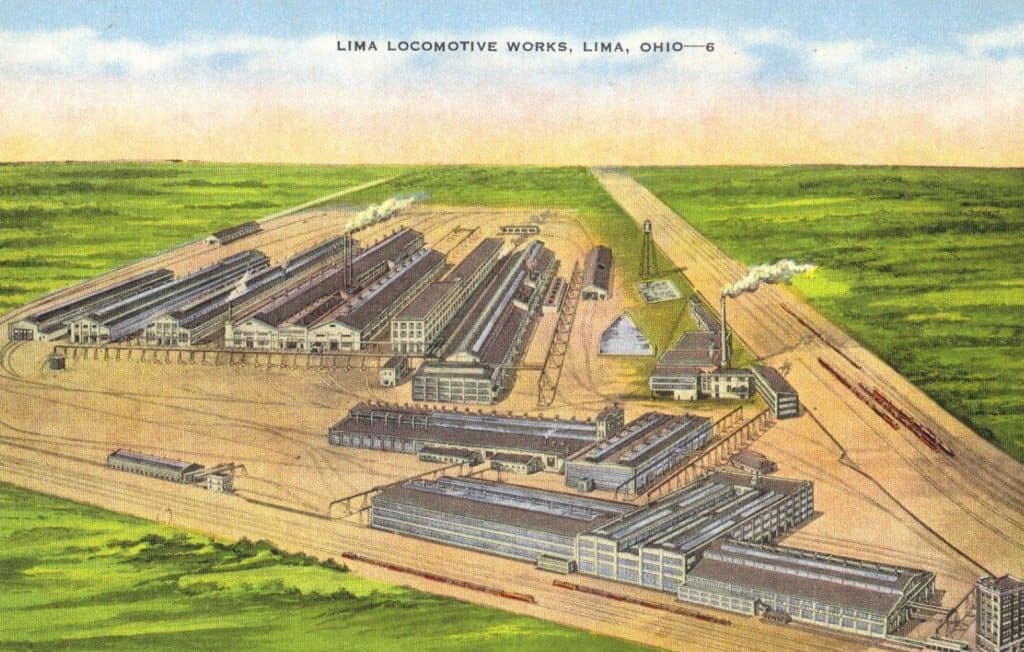
Spent quite a bit of time in northern Indiana this week. When I was driving on Lima Road in Fort Wayne I thought of the great Lima Locomotive Works. You see, this road led to Lima, Ohio. The Lima Locomotive Works manufactured railroad locomotives from the 1870s through the 1950s and was named after its main shops location in Lima, Ohio. The shops were located between the Baltimore & Ohio’s Cincinnati-Toledo main line and the Nickel Plate Road main line and shops.
25 August 2016
Three bottle communications from my friend Gary Beatty:
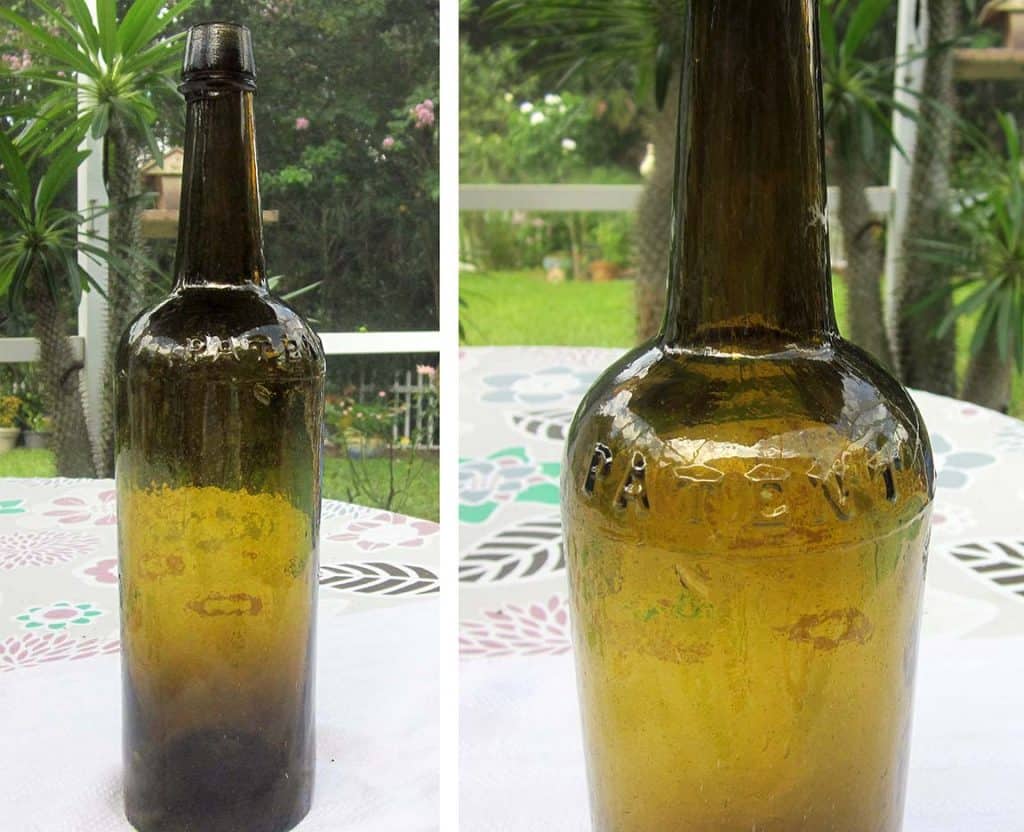 Hey Ferd, I love to rescue bottles. I found this 3-piece mold, applied lip whiskey in a junk shop for $5. It was stained badly and someone had varnished or shellacked it. I tumbled it and the light does not do it justice. I believe it is a New England glasshouse bottle. Best regards, Gary
Hey Ferd, I love to rescue bottles. I found this 3-piece mold, applied lip whiskey in a junk shop for $5. It was stained badly and someone had varnished or shellacked it. I tumbled it and the light does not do it justice. I believe it is a New England glasshouse bottle. Best regards, Gary
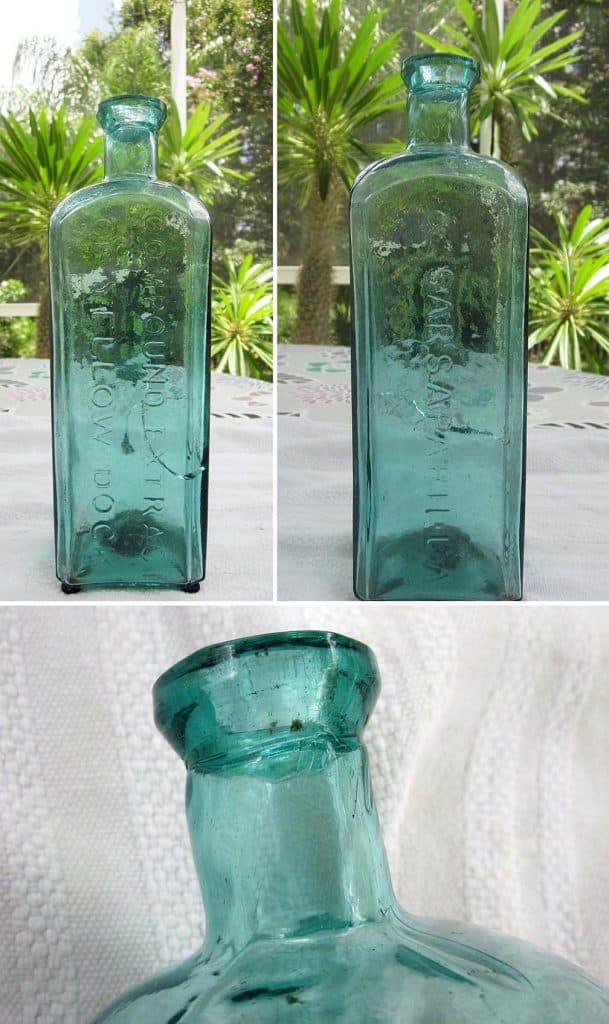
Hey Ferd, I picked up this “DR. GUYSOTT’S COMPOUND EXTRACT OF YELLOWDOCK & SARSAPARILLA” at an antique shop. As you can see, a nasty crack. However, it is one of the crudest and best I have ever seen. The color is actually more green than aqua. Nice iron pontil, wavy glass, and look at that applied top, shaped almost into a band. I paid $50 bucks for it and wouldn’t take $200. I have a few of these wounded great bottles and count myself fortunate that somebody passed them up. Best regards, Gary
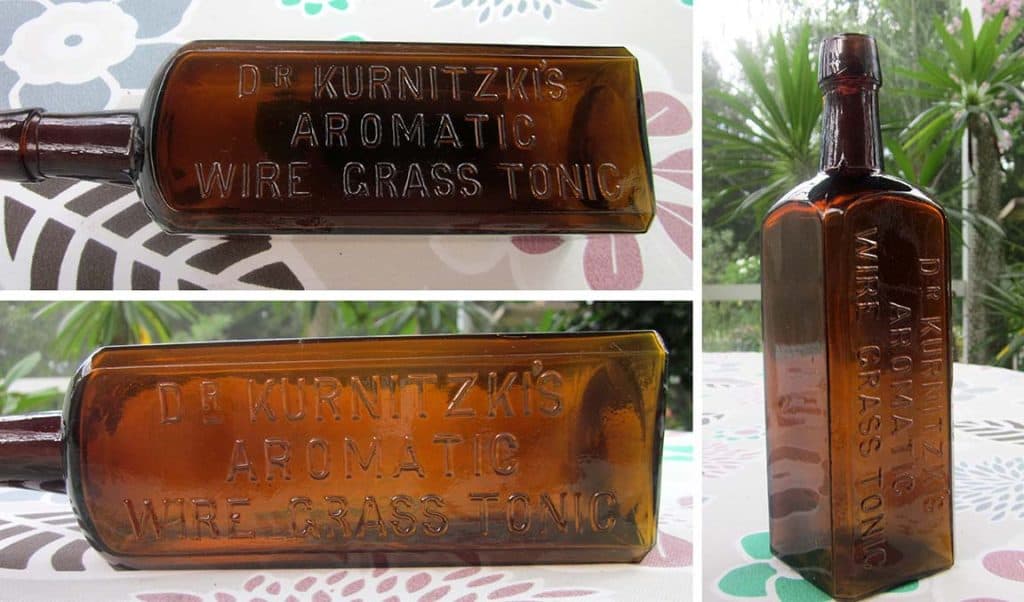
Hi Ferd, here is a Dr. Kurnitzki’s Aromatic Wire Grass Tonic I picked up at a flea market. I am not a tonic collector so I don’t know anything about this bottle. It does not give a city but I found it at Gettysburg, Pennsylvania. Maybe a tonic collector will see this and be able to say if it is common, rare, or unique? Best regards, Gary
23 August 2016
To: Martin Van Zant, FOHBC BOTTLES and EXTRAS Editor
This year I went to my first National Convention (after collecting bottles for over 50 years) and I was just amazed at how much fun it was. While at the convention I purchased a reasonably priced bitters bottle, as it had only a paper label, no embossing in the glass, OR SO I THOUGHT. The majority of my collection consists of medicine bottles with the original contents along with their paper labels, which for years I have been preserving by spraying the labels with “Krylon UV-Resistant – Clear Acrylic Coating” which I would highly recomend to anyone who wants to preserve their labels. This brings me to the point of my story. I had masked off the label on my newly acquired “Star Kidney & Liver Bitters” and sprayed the label when suddenly I realized that there was embossed writing under the label. After turning the bottle in the light I was TOTALLY SHOCKED to find that the Star Bitters label was put over a “Dr. J. Hostetter’s Stomach Bitters” embossed bottle. How can this be??
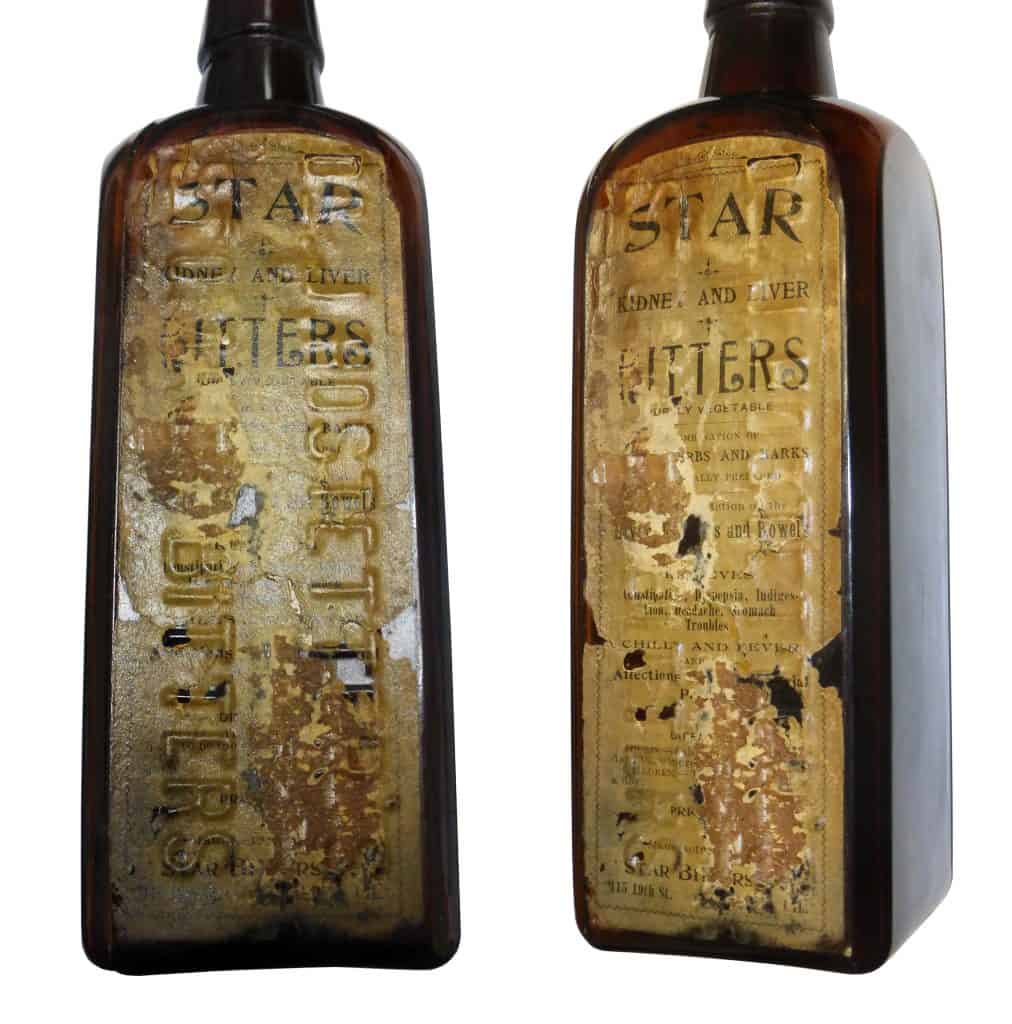
As far as I know, the two companies are not related in any way. So, I would like to know if any readers of “BOTTLES and EXTRAS” have come across a similar item?
Please see the above photos that I have taken. One just highlighting the “Star” label and one with the Hostetter’s embossing showing through. I can only speculate on whether Star bought “extra” bottles that the manufacturer had for sale or was there something else involved. Any light on this issue would be appreciated.
Allan Pollard
[Martin Van Zant] Hey Allan, I will send this in the news section and see what kind of response it receives. In my opinion they company just reused or stole the hostetters bottle and used it for themselves. I’m glad you had a great time at the convention. Their may be some better alternatives to the Krylon spray, hopefully some members will chime in. Thanks and have a great beginning of the week.
Martin Van Zant
21 August 2016
I think many of you remember when I posted the pictures further below from 25 July 2016 when the Big Sur Soberanes fire was fast approaching our dear friends Jerry & Helen Forbes homestead that they had constructed by hand, piece by piece, over a 40 year span. Well, again, as many of you know, they lost their home but were able to join us at the recent FOHBC 2016 Sacramento National Antique Bottle Convention & Expo. Jerry commented about the show:
“Helen and I would like to say that this show was the best ever and it was just what we needed. The exhibition displays in the many rooms were spectacular, the auction was fun, though I did not stay for the whole thing.
My hat goes off to Richard Siri for chairing the show and his lovely wife Bev for all the work she and others did. All and all, the best time that I have ever had at any show I have attended. We were around good friends and good glass that kept our minds off of the loss of our wonderful home that burned in the huge Big Sur fire.
There are just no words to describe how we feel. We built the house 40 years ago and the last thing we completed was the point deck. Now we would like to thank the FOHBC for a wonderful show and our thanks goes out to everyone and to our good friends Ferdinand and his sweet lady Elizabeth. We now have to return to sift through the ash with hopes to find something. Thanks again to all. Our son Aron and his wife are coming to help and I will send some photos.”
Gerald and Helen Forbes (Big Sur, California)
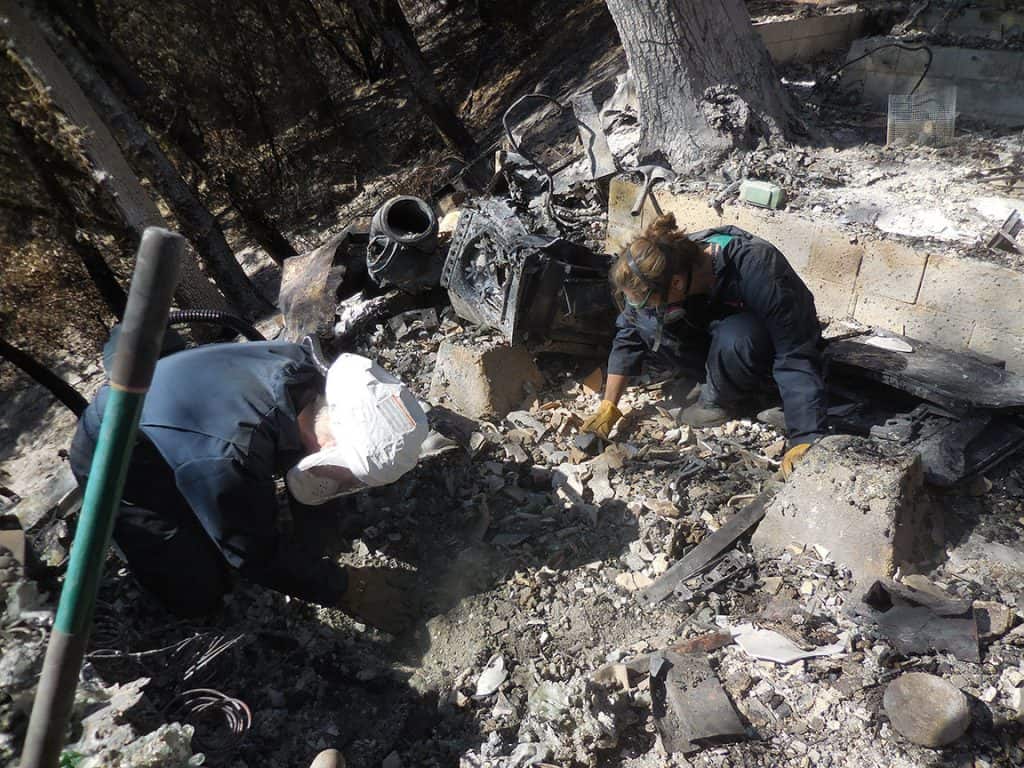
Aron & Rose Forbes sifting through remains.
Read More: Forbes Visit, off the Pacific Coast of Big Sur
It is with great sadness that I report that Jerry & Helen Forbes, dear friends of ours, lost their house yesterday in the Soberanes Fire. Here is a PRG Facebook screen capture from last Saturday before they evacuated.
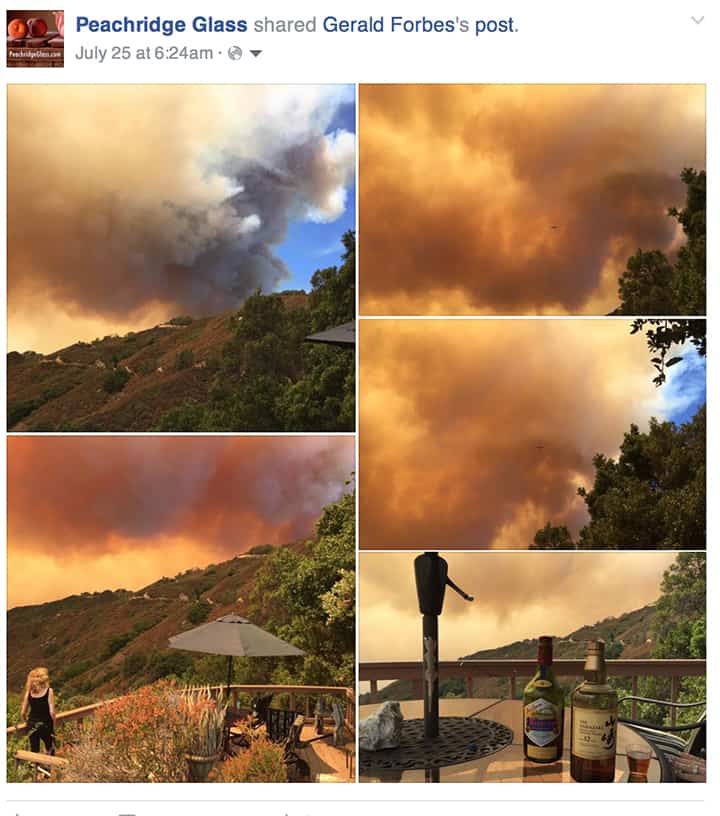
![]() I have put out many barrel posts before but I missed the Clark barrel from Louisville, Kentucky. You see, there are only two examples, the last coming from the recent Glass Works Auctions Session 1 from the great Bob Ferraro Collection. Bob is known as Mayor Ferraro and the “Barrel King”. Many times I would come across an obscure barrel only to find that Bob would have an example. Like I said, the Barrel King.
I have put out many barrel posts before but I missed the Clark barrel from Louisville, Kentucky. You see, there are only two examples, the last coming from the recent Glass Works Auctions Session 1 from the great Bob Ferraro Collection. Bob is known as Mayor Ferraro and the “Barrel King”. Many times I would come across an obscure barrel only to find that Bob would have an example. Like I said, the Barrel King.